Dear friends,
Most summers I visit Europe but it has been a while since I visited any of the Nordic Countries, so this year I decided to do just that. It was a bit of a nostalgic trip for me as I have previously spent a lot of time up in the north, but also because the first trip I made as a representative of the International Red Cross back in the summer of 1980 was to Sweden, and that same year I experienced my first snowy Xmas in Skellefteå in the far north.
So my first stop was Skellefteå, to visit my friends from those distant days, and what a fun visit, meeting my friends again and the next generation too. It is a lovely little town and driving by the coast, through the forests and in the countryside surrounding the town was particularly enjoyable as the weather was perfect.
A small lake in one of the town’s parks
A composition in green and white – the local church surrounded by green lawns and silver birches.
Walking through Bonnstan (Farmer’s Town) which is one of the most well preserved 19th Century Church Towns of its kind and remains pretty much unchanged since it was built between 1830 and 1840. Families who lived miles away and therefore had to travel far to attend the Sunday masses at the city church built a Church Town only as a temporary home.
The Church Town has existed since the 17th century and is a result of the Swedish conformist movement and the dawn of the Protestant Church in 1527. The Church was looking to achieve an effective education of Christianity among the Swedish population as described in Luther’s writings. This resulted in a demand of continuous visits to the church with rigorous tests performed by the local priests at people’s own homes.
So, as the people now had to come to church every Sunday and also on all the religious holidays, those demands had a great impact on the population. This led in 1681 to an agreement between the priests and the village leaders called “the Church Ride” – the people who lived within 10 kilometres from a church had to attend every Sunday and that those that had between 10 and 20 kilometres should attend every other Sunday. If you had 20 to 30 km you should visit every third Sunday and so on.
A social meaning also came forward during these weekends when people gathered in the Church Town.
Among the usual messages of a religious context read out by the priest, there was also information about upcoming markets. In the Church Town itself people exchanged gossip and for many, this was the only way to meet others outside the family. Many young people met and relationships as well as job opportunities were established. This tradition of socialising in the Church Towns grew so strong that it continued long after the Church Plight ended during the middle of the 19th Century.
Today, Bonnstan has 116 cottages that consist of 392 chambers or ‘flats’ and an additional three stables.
Between 1977 and 1986 Bonnstan was renovated according to old writings and journals in order to regain its
19th century features. The private ownership remains as before and the owners know that together they share this magnificent piece of history, leaving great responsibility for the care of preserving Bonnstan for the future.
A lovely path through the silver birches, my favourite trees …
… and alongside the river with wildflowers blooming.
We drove out to nature reserve on the Bjuröklubb peninsula. A key feature is the lighthouse which was built in 1859.
It’s on the edge of a cliff some 52 metres above sea level and is popularly known as “the old lady”.
A little blue butterfly sunning itself in the nature reserve.
A summer cabin in the woods.
Boating in the evening on the river which runs through town.
Evening light catching the wildflowers along the river.
Close to midnight and still enough light in the sky to cast a glow over the town and reflect in the river.
Next stop was in Mikkeli in southeast Finland, and then on to Helsinki to reconnect with colleagues who worked with me in Myanmar. A lot of shared experiences bewteen us and lasting friendship and it was also lovely to explore a part of Finland I hadn’t previously visited – such beautiful lakes and forests all around.
The stunning view from my cabin on the lake which was my home for a few nights. My friends have now built
a more luxurious home higher on the hill, but their original cabin is perfect for their guests.
The cabin by the lake where I stayed.
A hanging basket of flowers at the cabin with the late evening sun shining through the trees behind.
A panorama from my friends’ house, with ‘my’ cabin just visible at the bottom left.
For lunch one day, we visited a cafe at a garden centre with a colourful ceiling display and lights made from cheese graters.
Plenty in the gardens around the cafe and of course lots of berries with their delicate colours.
A calm lakeside photo.
Another lake, and a restaurant over the water, famous for its burgers and beer.
Summer flowers in a milk can add to the charm of a doorway.
The Old Vicarage in Mikkeli parts of which date back some 500 years, and which is now a thriving restaurant.
A typical window and flowerbox in one of the old building near the vicarage.
A fun display of flower-filled shoes and boots, as a memory of the olden days when church-goers
needed to take of their travel stained footwear before they could enter the buildings.
It happened to be my friend’s birthday so we visited his parents lovely house and serene garden by another lake …
… and after the champagne and cheers we were treated to a delicious strawberry cream cake.
On our way back home we spotted a hare sunning itself on the roadside.
A typical roadside cafe open for the summer months.
I took the train from Mikkeli to Helsinki where I just had a couple of days and enjoyed walking through this beautiful city and along the harbour, enjoying some delicious meals and meeting with my Red Cross colleague.
Walking from the railway station to my hotel, I spied this wonderful, ghoulish little carving on the wall of a building.
This jazz quintet livened one of the streets in downtown Helsinki.
The beautiful Helsinki Cathedral in the centre of the city.
I don’t know who this is, but the seagull thought his head was the perfect vantage point in the park.
The famous restaurant by the harbour ‘Kapella’, so named as it used to be a chapel, and where I ate a delicious meal,
the highlight being the desser of raspberry mousse with liquorice icecream and fresh raspberries – YUM.
Not at Kapella, but after a lovely lunch with a friend in a traditional Finnish restaurant,
we were offered a shot of ‘sisu’, interestingly presented to us on and old shovel by our waitress.
From Helsinki, I flew to Copenhagen and took the train north to meet friends and stay with them for just over a week in their lovely home in the seaside town of Gilleleje. We wined and dined very well, shared afternoon tea with friends, walked along the coast, visited beautiful seaside towns, admired the many lovely thatched cottages, explored the castle at Helsingor and the gardens of the Fredensborg Palace and also spent half a day at Louisiana, Denmark’s famous Museum of Modern Art.
A beautiful sunset the evening I arrived along the coast between Helsingor and Gilleleje with Sweden in the distance.
Colourful private beach huts on one of the stretches of the coast.
A evening walk along the cliff top behind Gilleleje – you can see me in my blue jacket, intent of catching some panoramas.
For sale ! One of the most attractive thatched houses right in the centre of Gilleje village.
A summery doorway on another cottage.
A dormer window high in the thatched roof of another abode.
A truly summer scene – boats in the harbour ready for the day’s outing.
The beautiful palace of Fredensborg where the Queen often spends her weekends.
An oasis of calm for this solitary figure in the copse of trees in the gardens of the palace.
Kronberg Castle in Helsingor, otherwise known as ‘Elsinore’ the setting for Shakespeare’s Hamlet.
In the cemtral courtyard of the castle, a guard in traditional guard welcomes visitors.
The castle was long a stronghold of the Danish Kings with complete control over the narrow stretch of sea across to Sweden.
A perfect spot for waylaying ships and making sure they paid their taxes.
During the summer months, amateur actors tke on the roles of characters from Hamlet and
make the visit to the castle really come alive. Hamlet himself.
Hamlet’s mother looking the part before she was poisoned.
Mr Summer Sunshine himself – a painted carving on the end of a pew in the castle’s chapel.
A colourful old half-timbered house in the town of Helsingor.
A fanciful piece of street art in Helsingor with images drawn from the history of the town.
I spent a day with friends in the wonderful ‘Louisiana’ Museum of Modern Art, where the current exhibition presents the works of the artist Gabriele Münter (1977 – 1962), a German expressionist painter who was at the forefront of the Munich avant-garde in the early 20th century.
Afternoon tea with serious conversation (my caption, not the name of the painting which I didn’t note).
She studied with the painter Wassily Kandinsky and was a founding member of the expressionist group Der Blaue Reiter. This exhibition is the first comprehensive, retrospective presentation of the painter for several decades and seeks to broaden the narrow perspective in which Münter’s work has hitherto been seen, by unfolding and opening up new aspects of her many-faceted work, highlighting its stylistic complexity and artistic independence.
Another of her featured paintings.
Gabriele Münter was an open-minded, experimental artist with an international network and extensive exhibition activities. During World War I she spent time in Stockholm and Copenhagen, where she had her artistic breakthrough in 1918 with her first solo exhibition. Throughout her 60-year artistic career she created more than 2000 paintings, several thousand drawings, water-colours, stained glass, prints and around 1200 photographs, and today she is increasingly considered to have made a striking contribution to the art of the twentieth century.
One of the ‘commentaries’ presented alongside the art of Gabriele Munter. True then, and too often valid today.
‘Louisiana’ MOMA also features the artworks of many Danish and international artists, through their paintings,
installation art and sculpture in a beautifully airy modern building.
The gardens of Louisiana are also beautifully laid out and overlook the sea and the coast of Sweden in the distance.
To finish this blog about my visits to Sweden, Finland and Denmark, I would like to include one of my favourite paintings of Gabriele Munter, and which resonated with me, although I usually don’t look so elegant as she does in this piece.
‘Lady in an armchair, writing’ by Gabriele Munter.
So that’s a wrap for my ‘summer in Europe’ blogs, and I can only say what a fabulous 6 weeks I had. A huge thank you to all my friends who made it such a special time.
Until my next travels, bet wishes to you all,
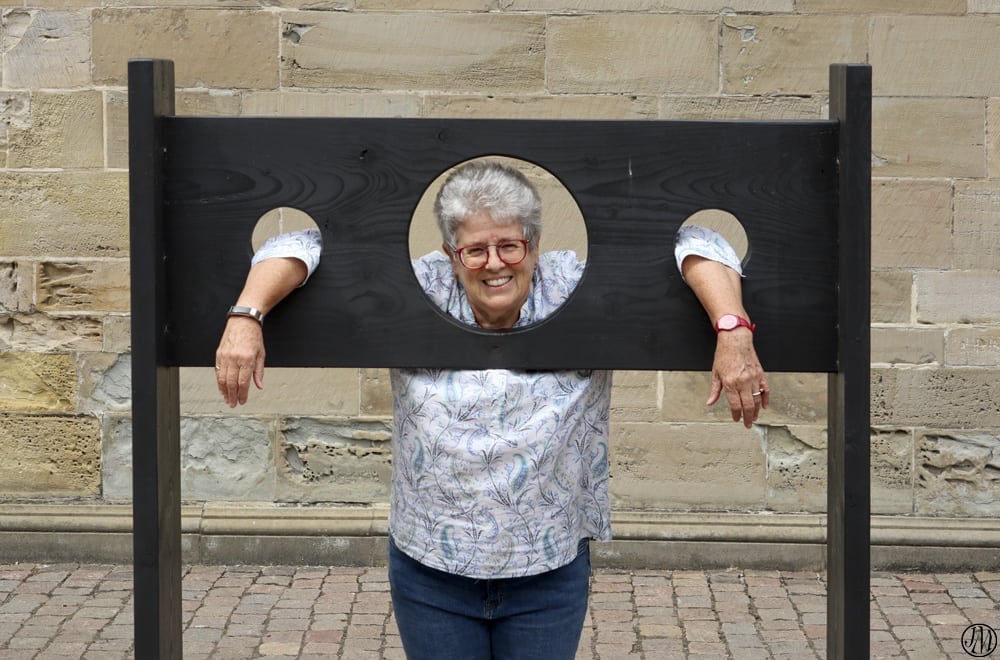
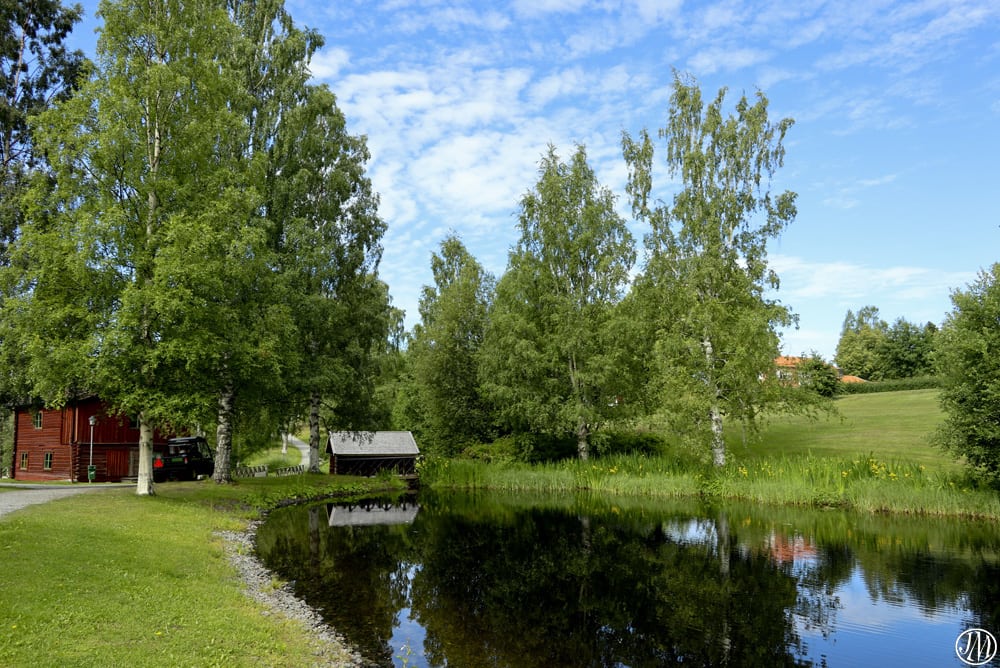
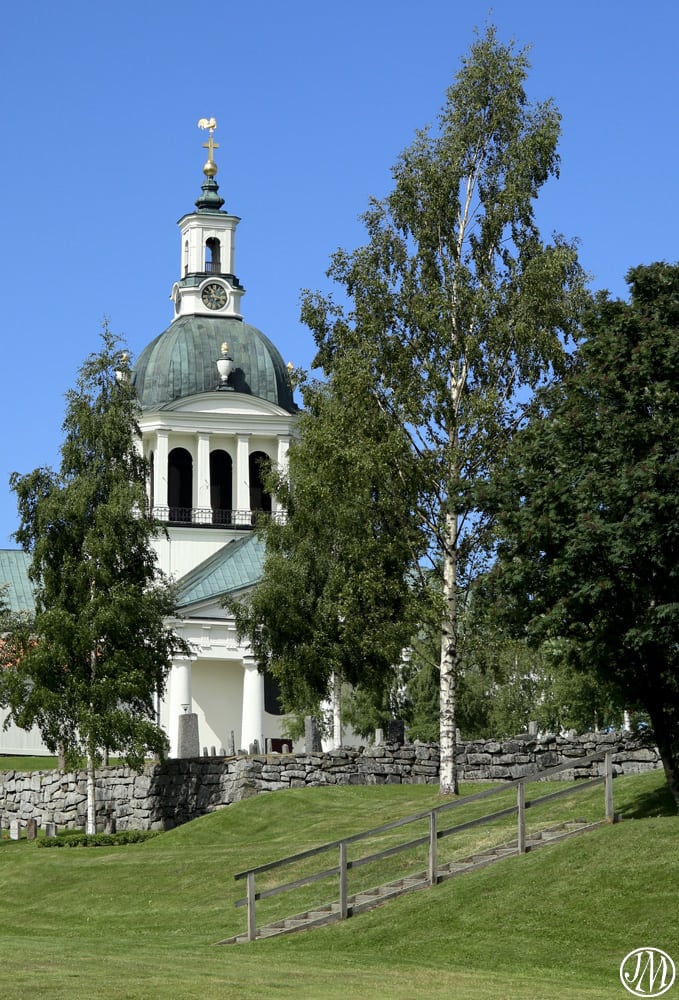
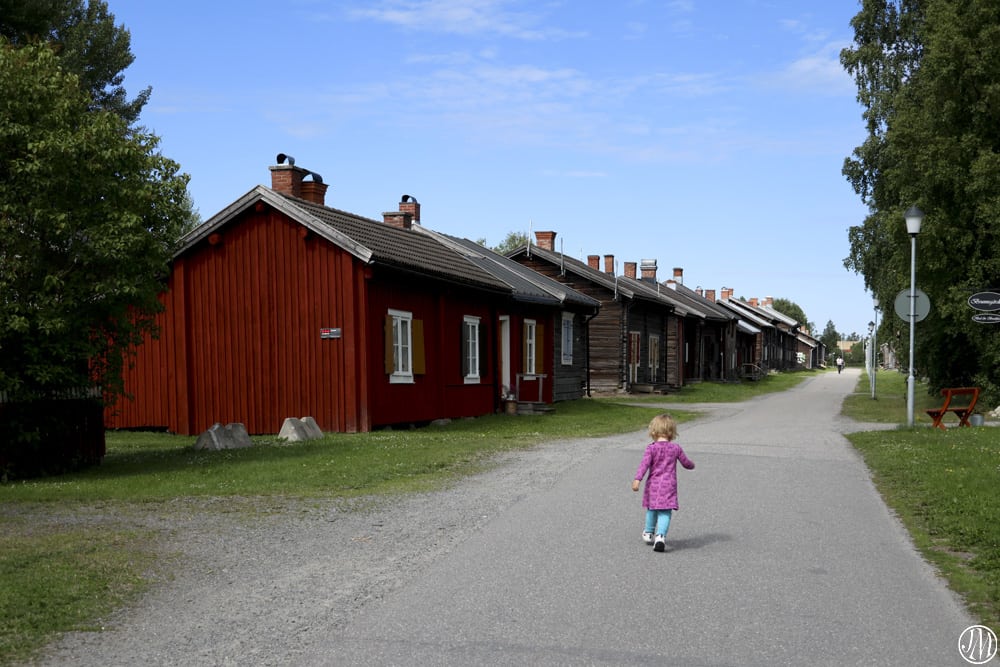
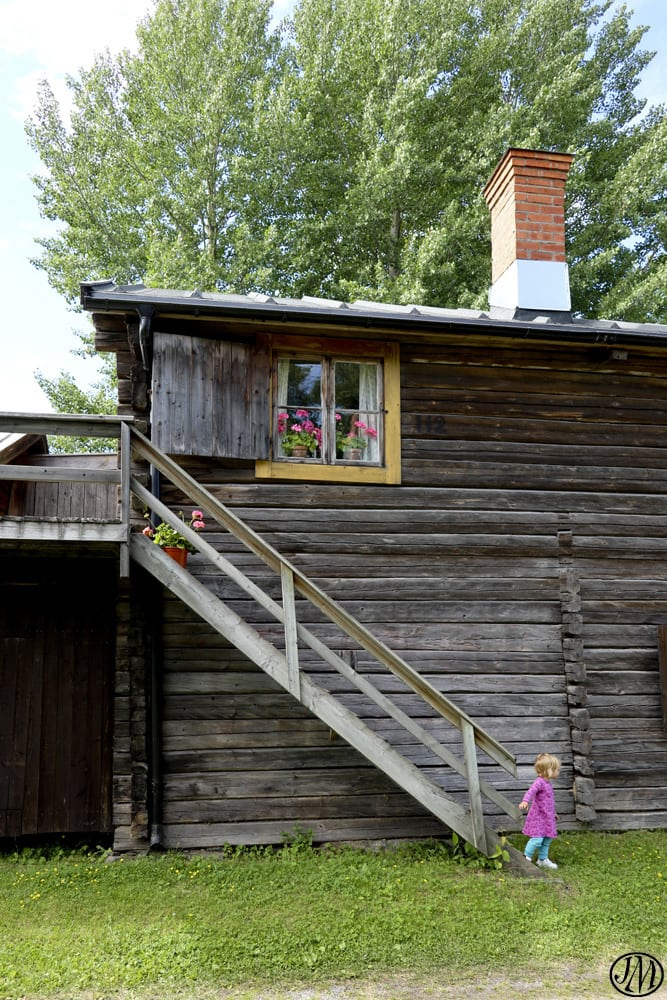
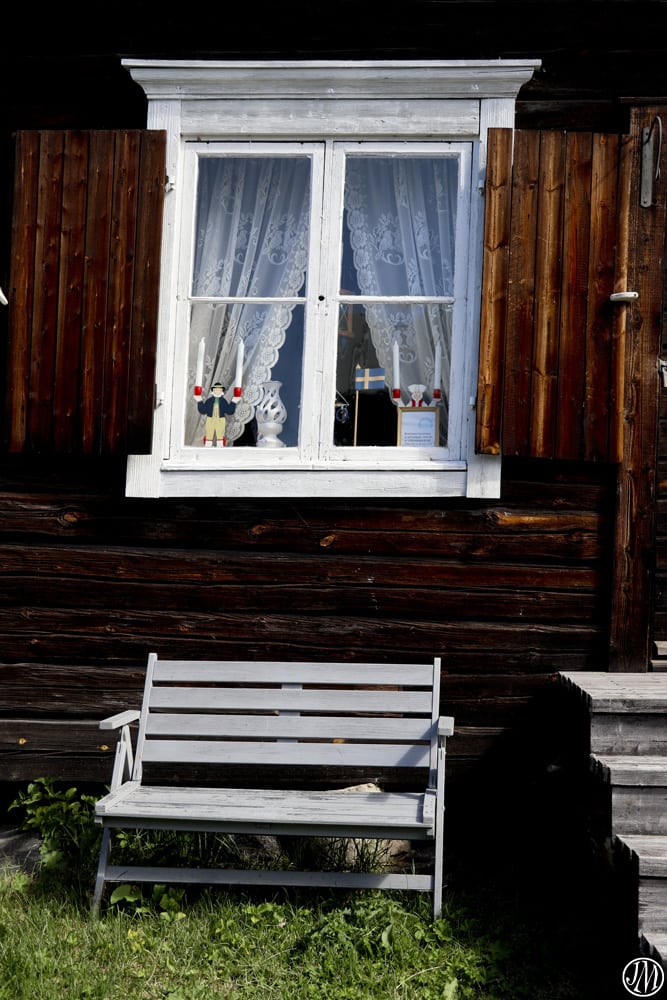
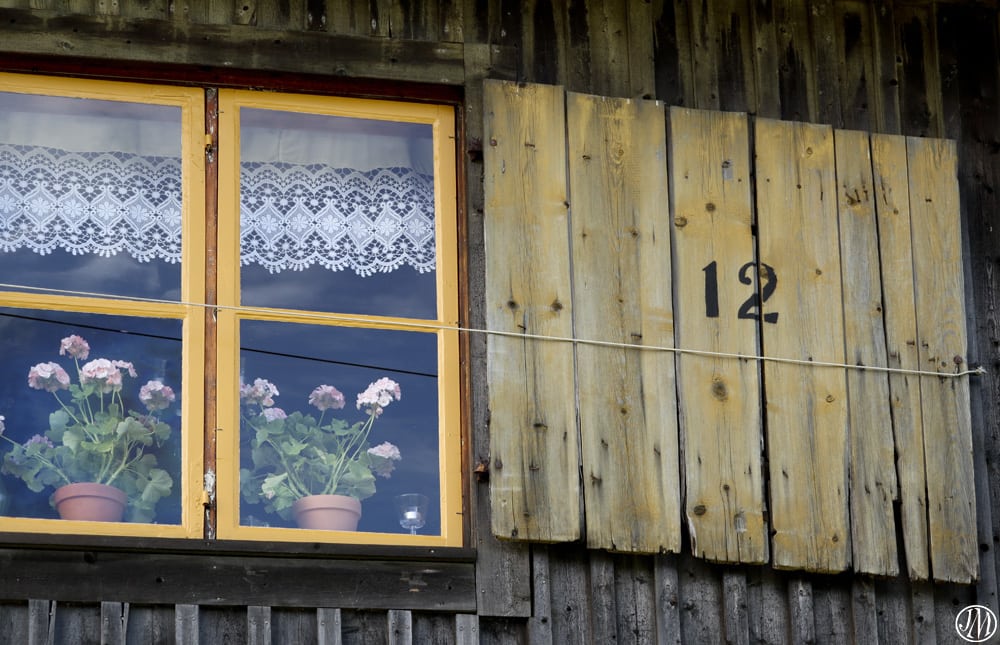
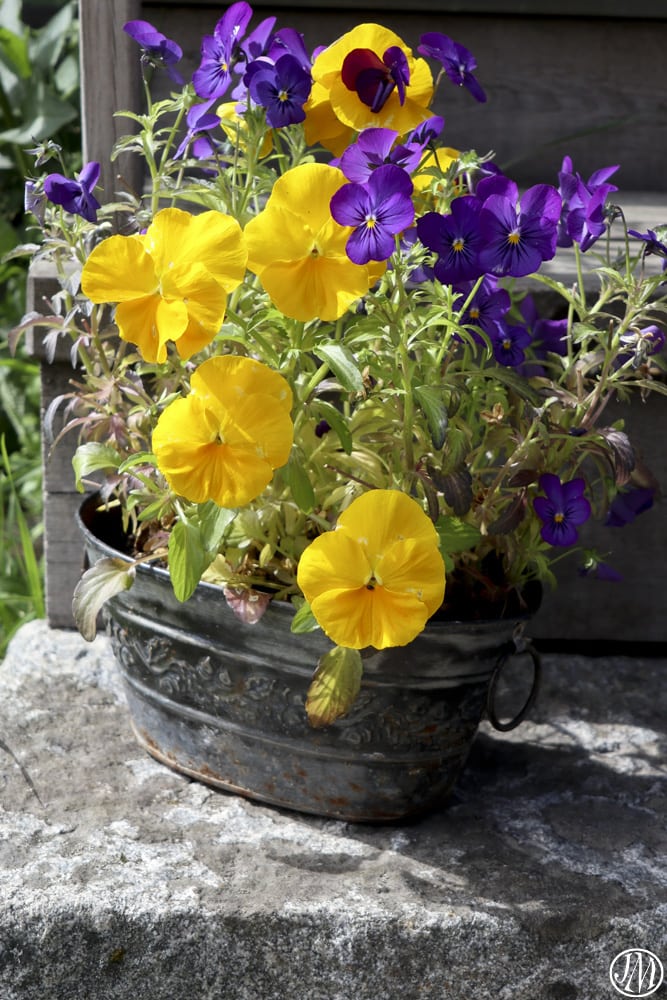
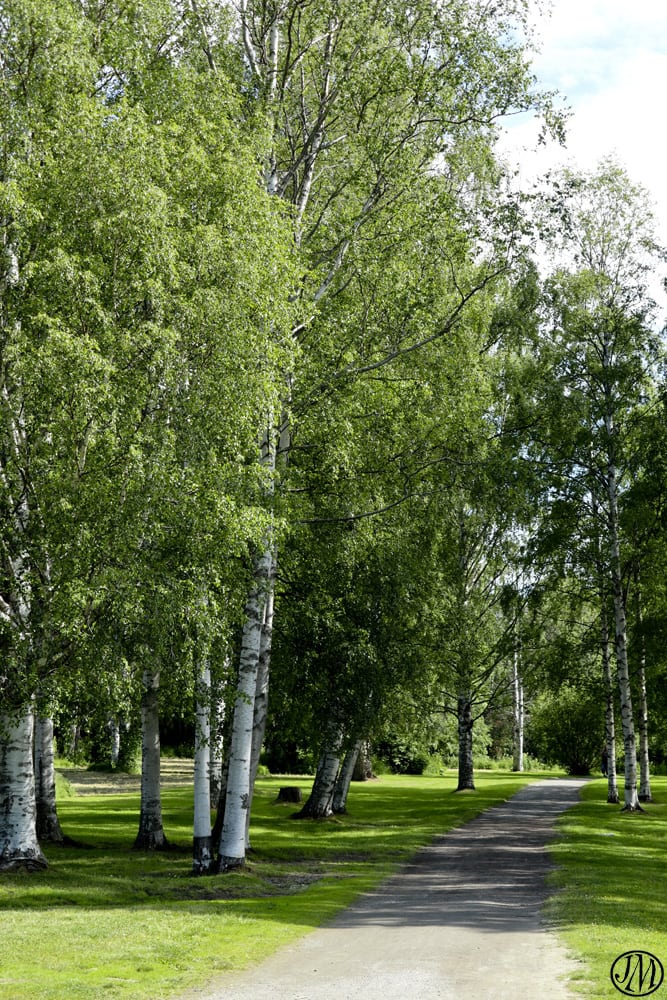

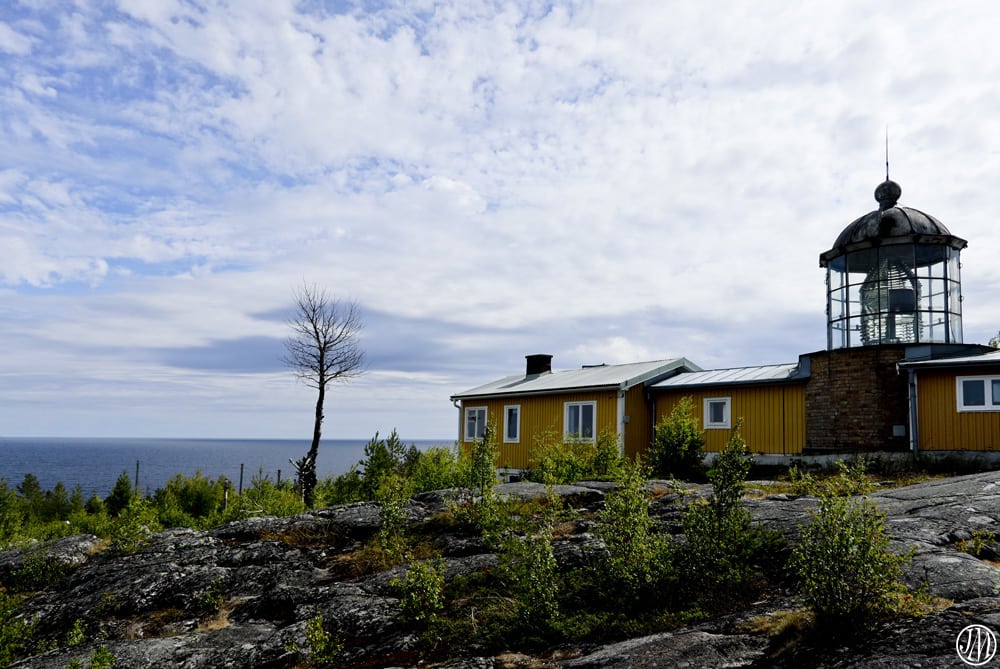
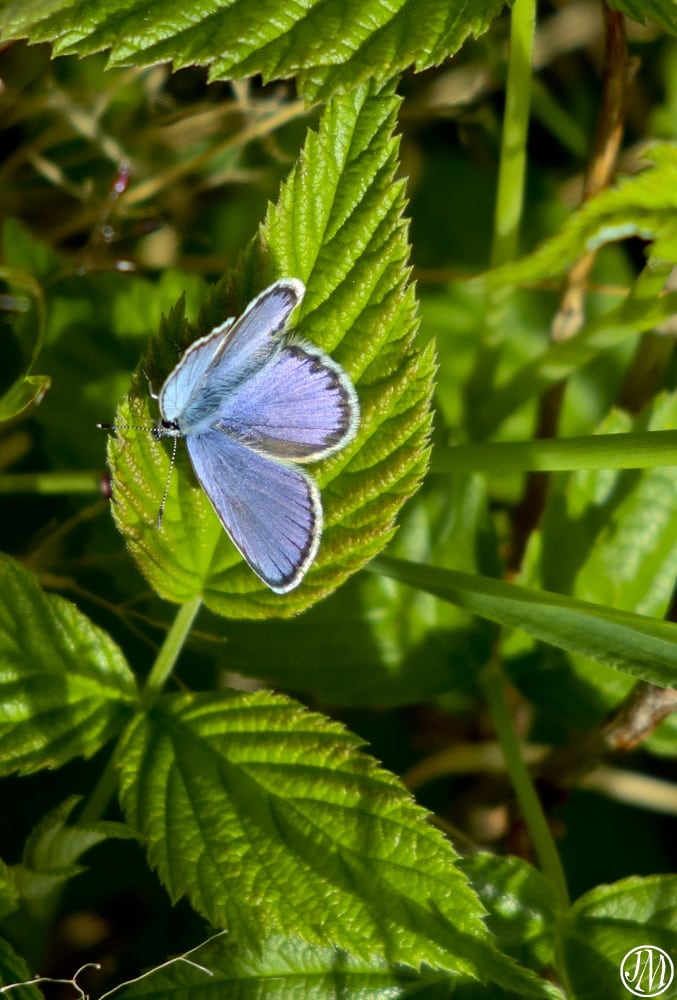
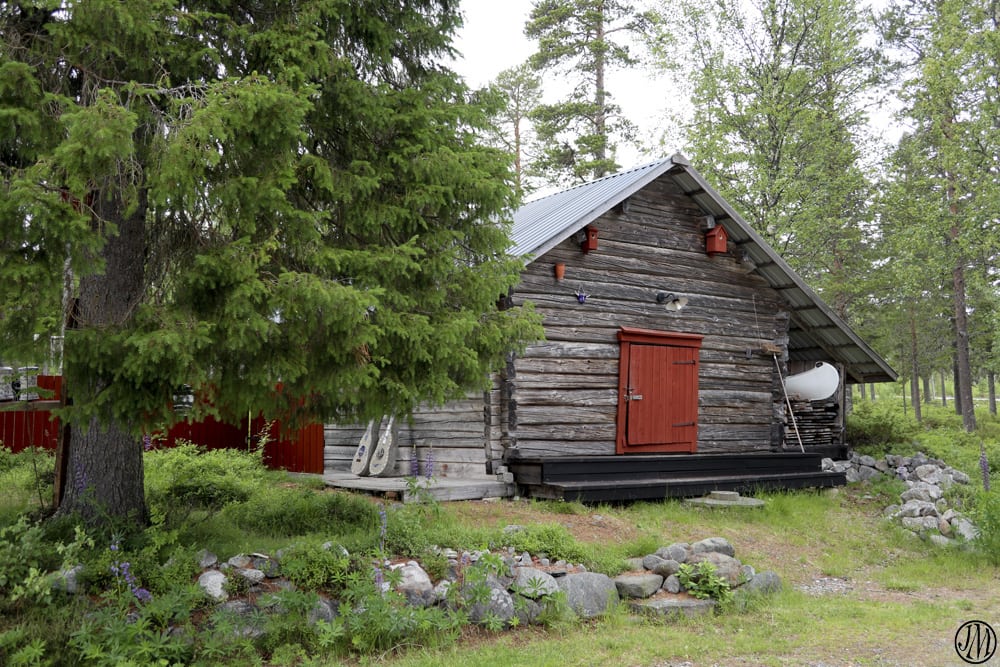
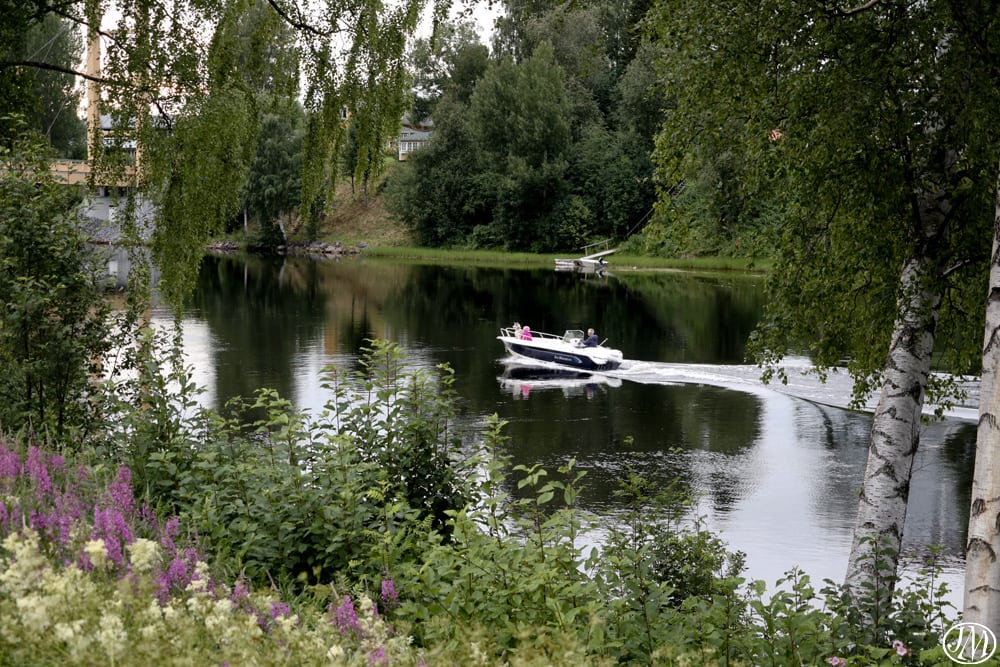
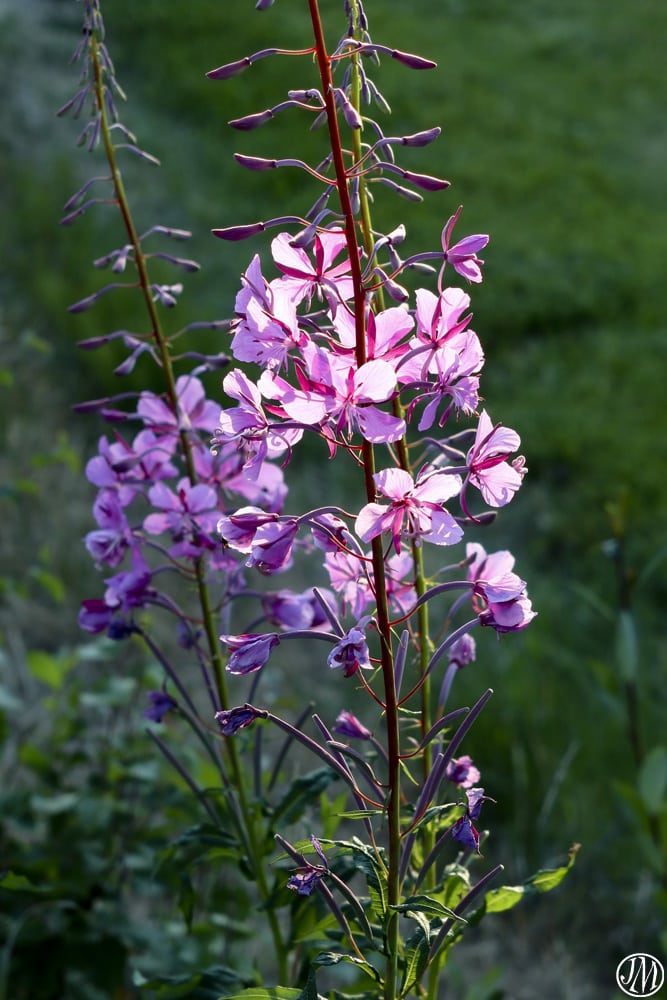
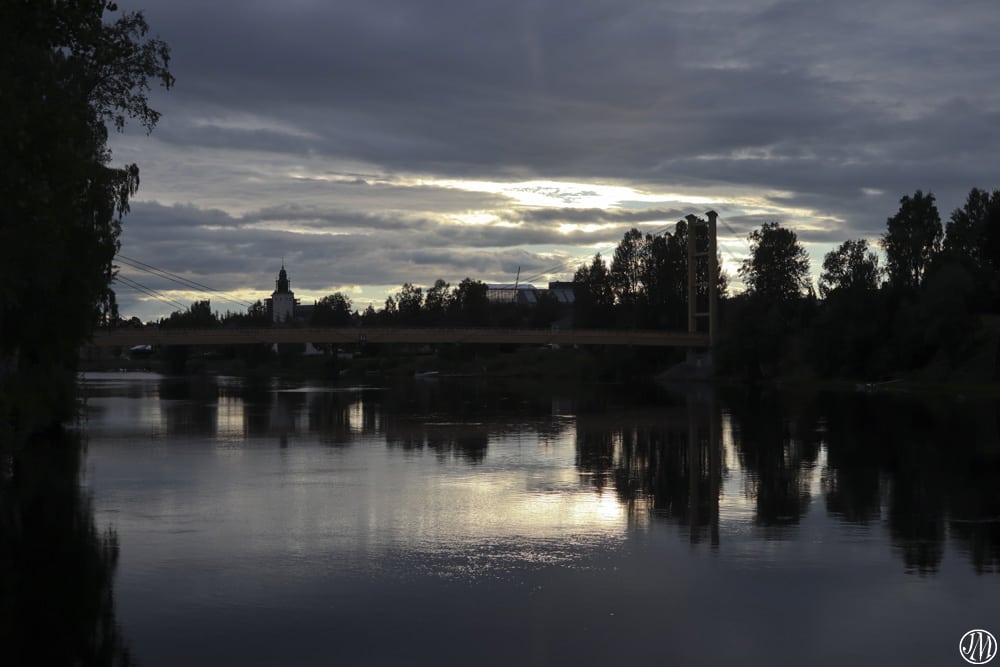
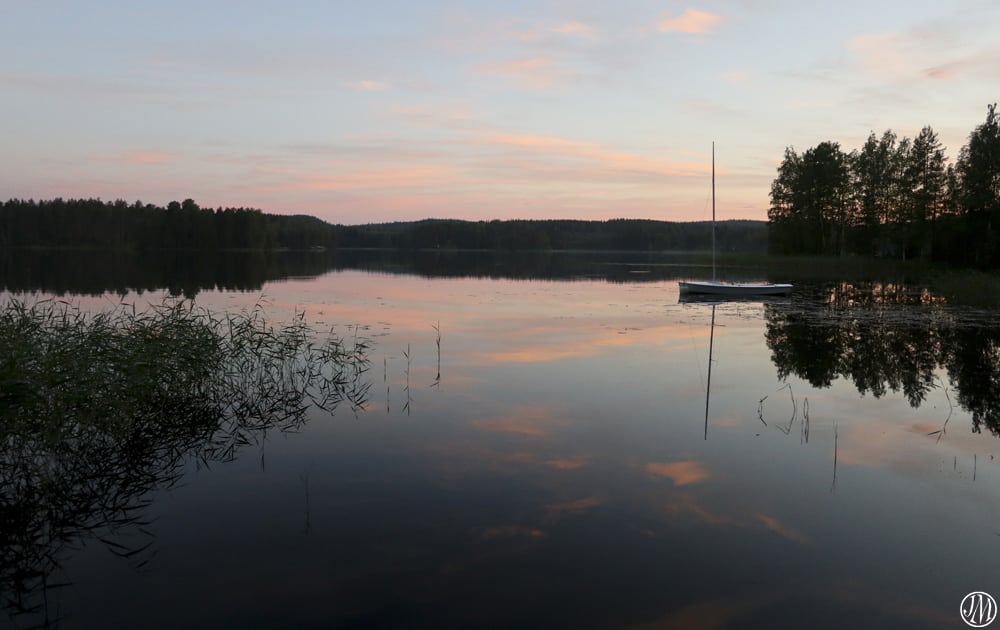
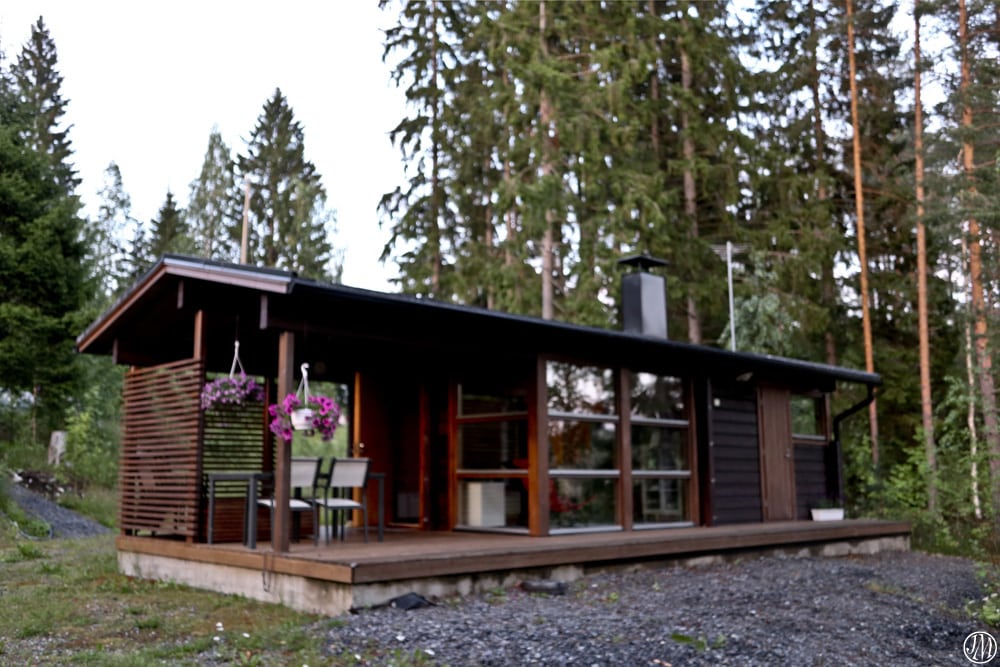
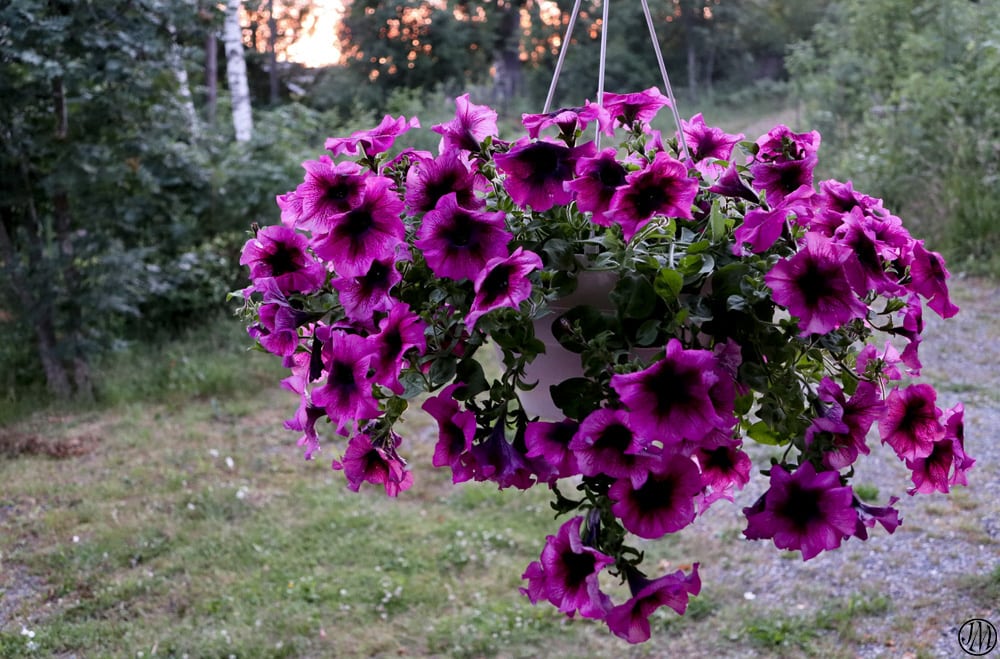
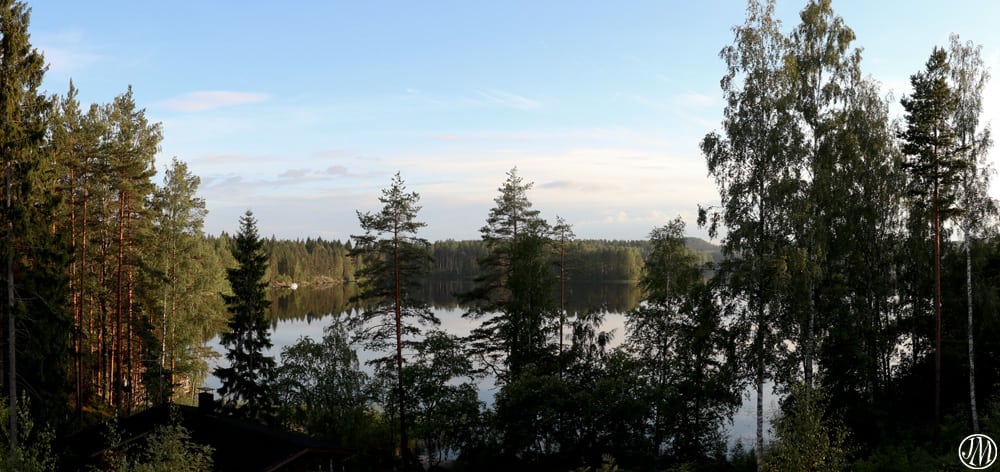
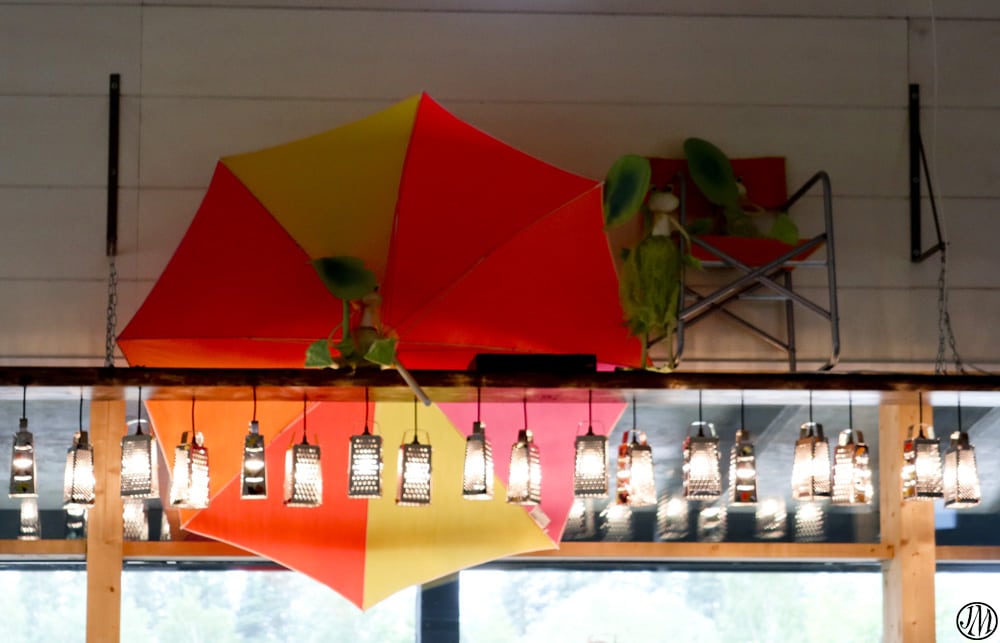
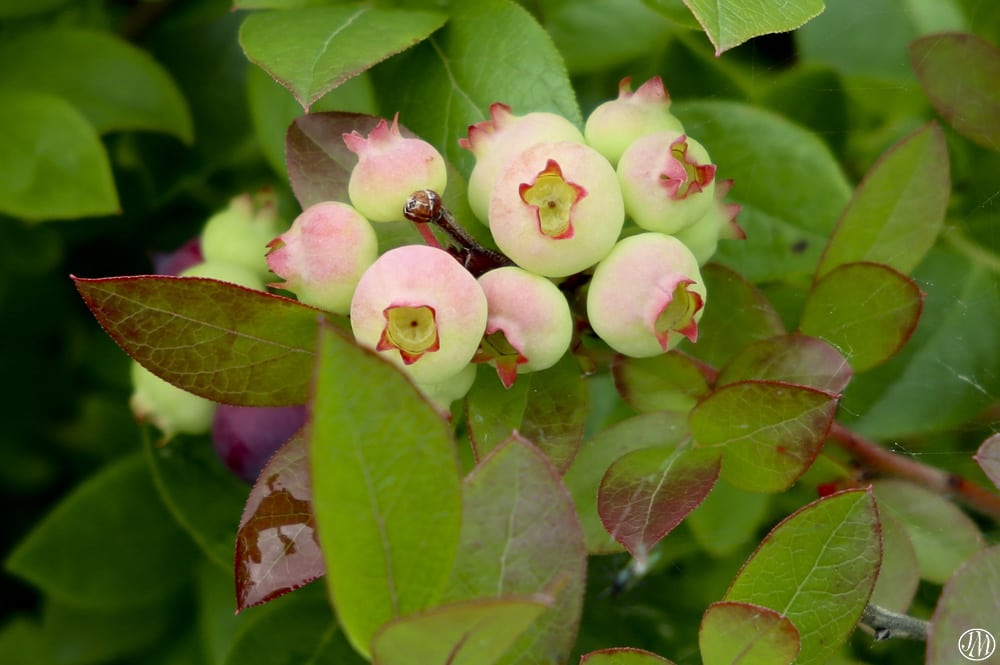
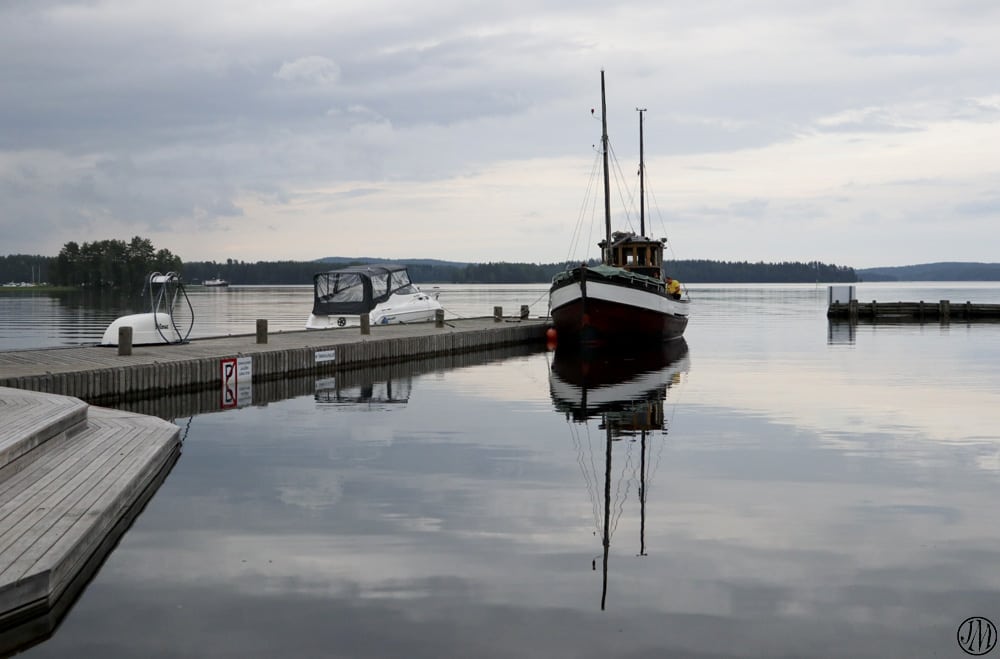
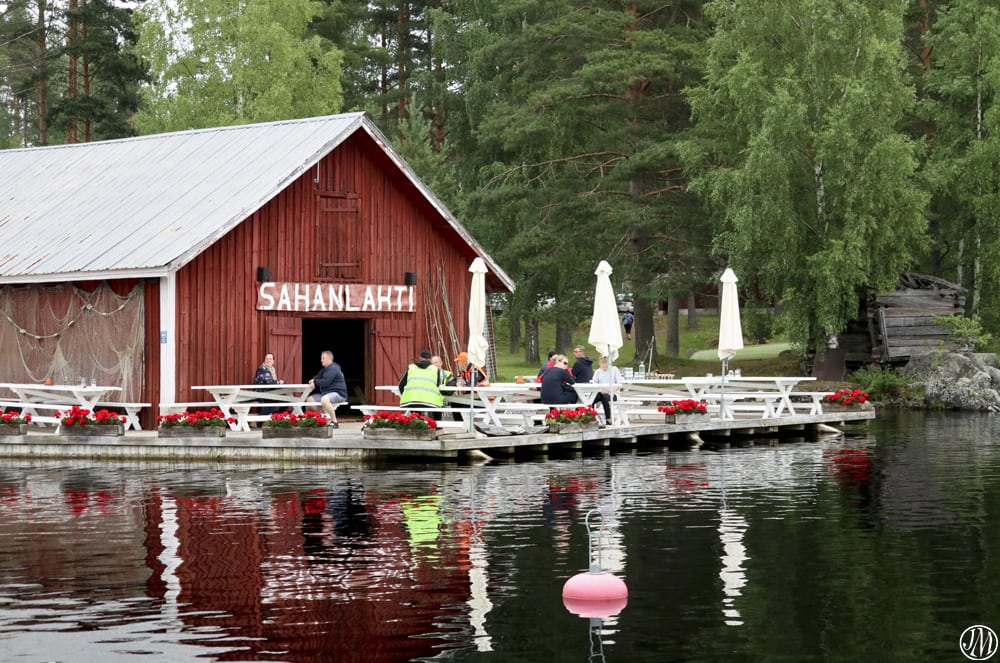
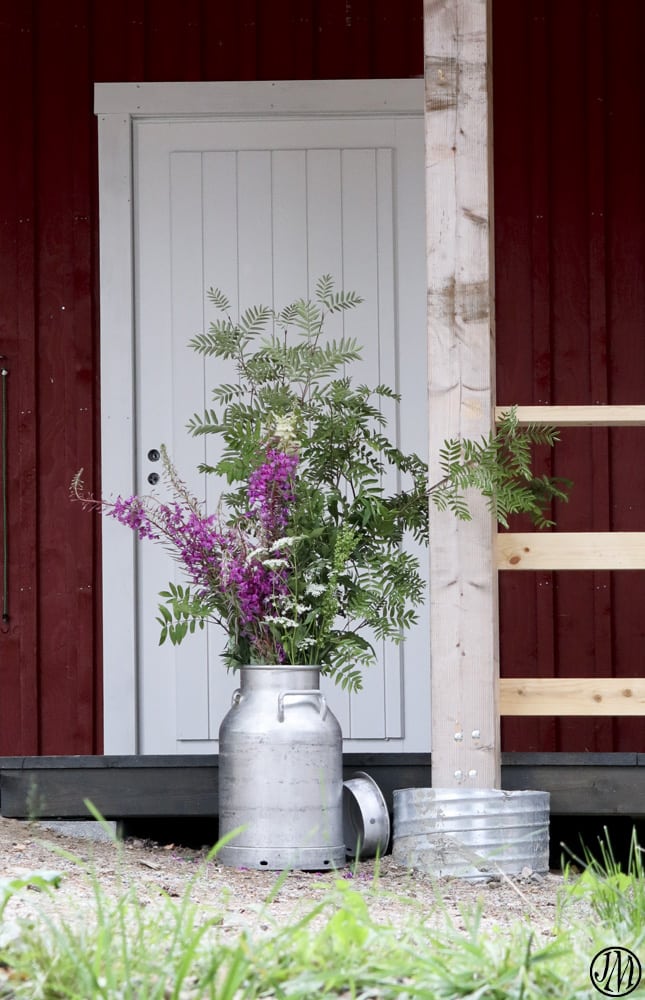
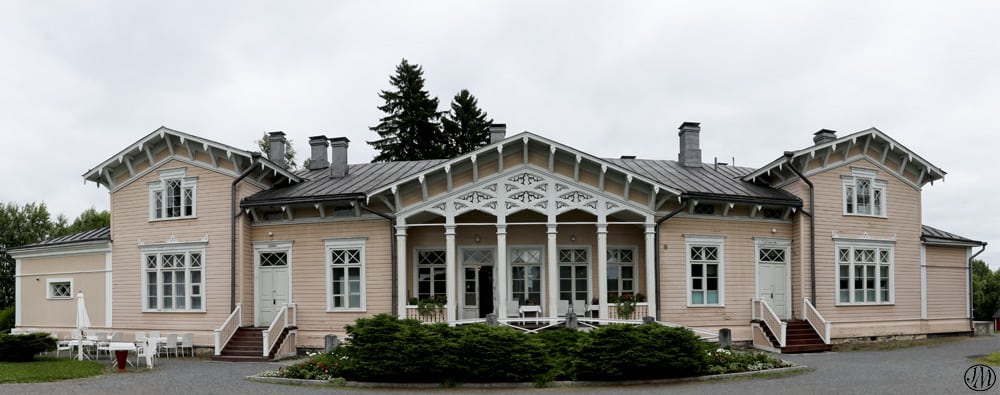
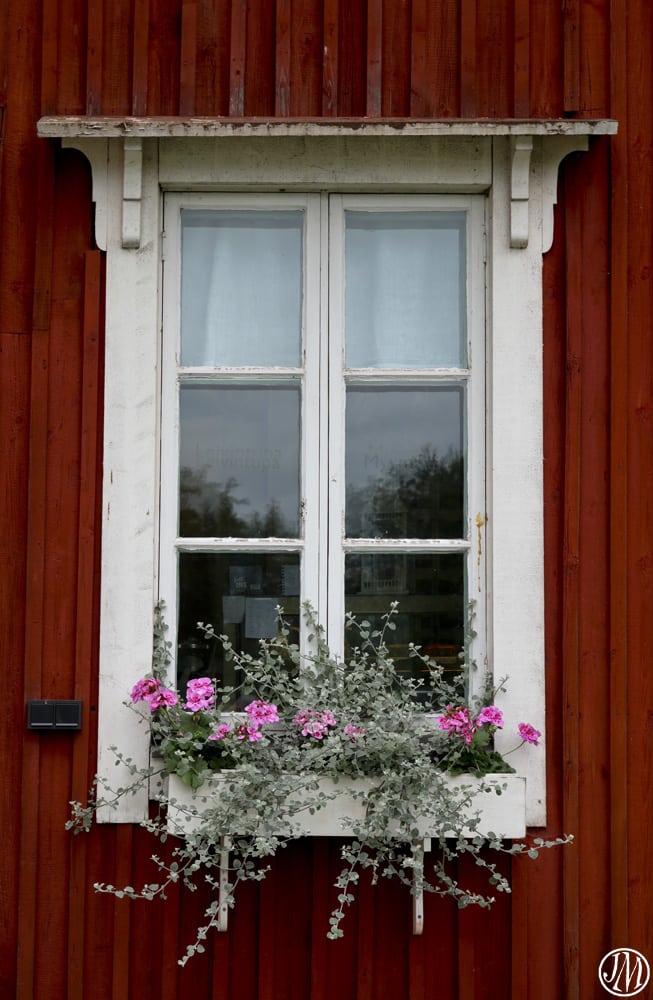
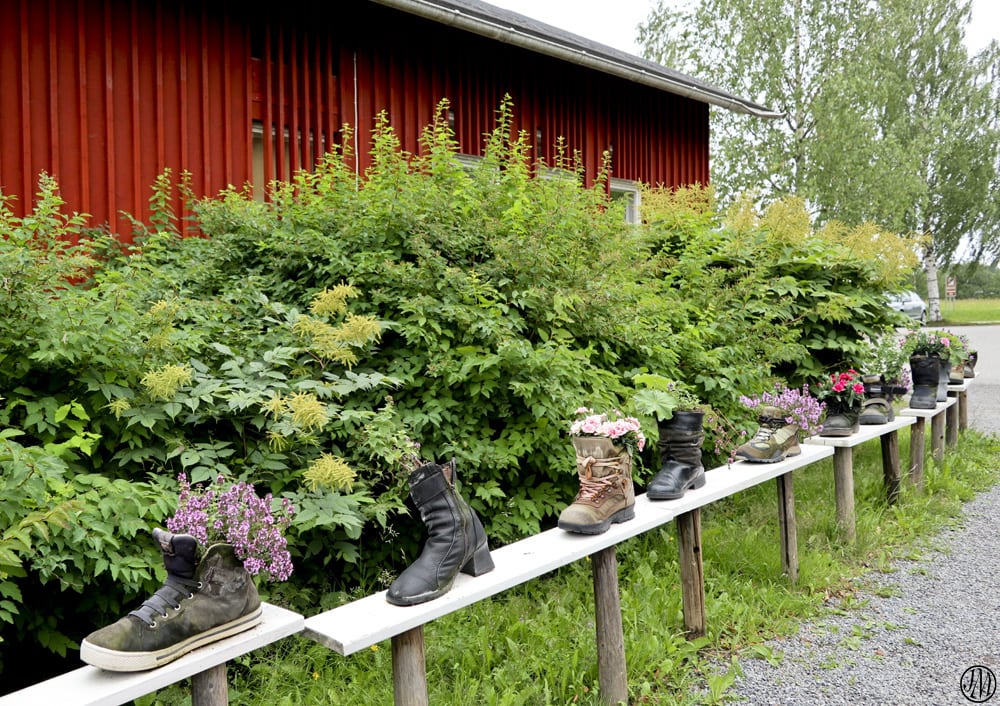
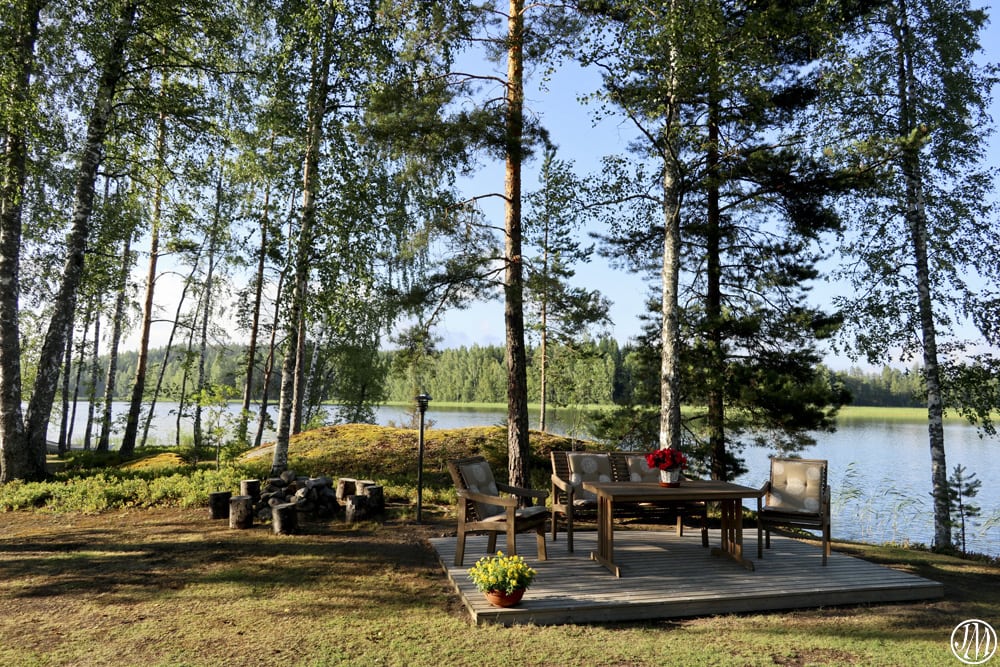
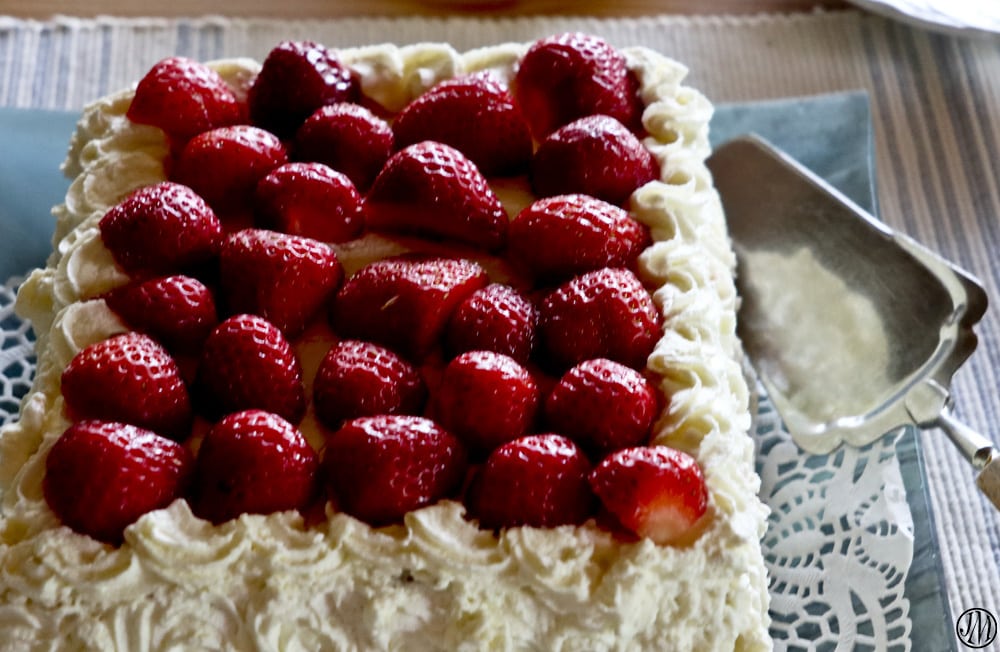
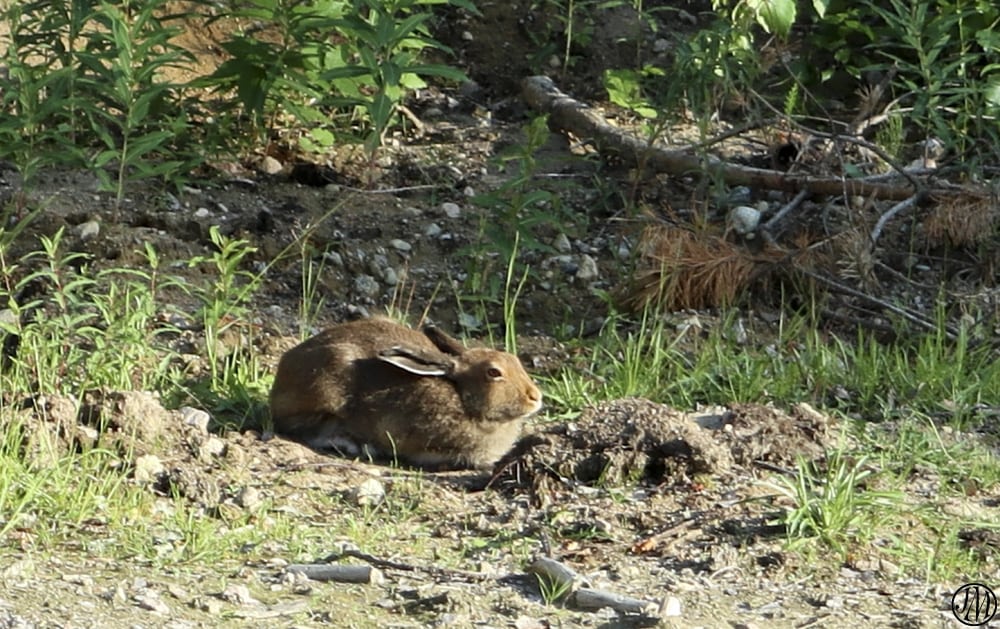
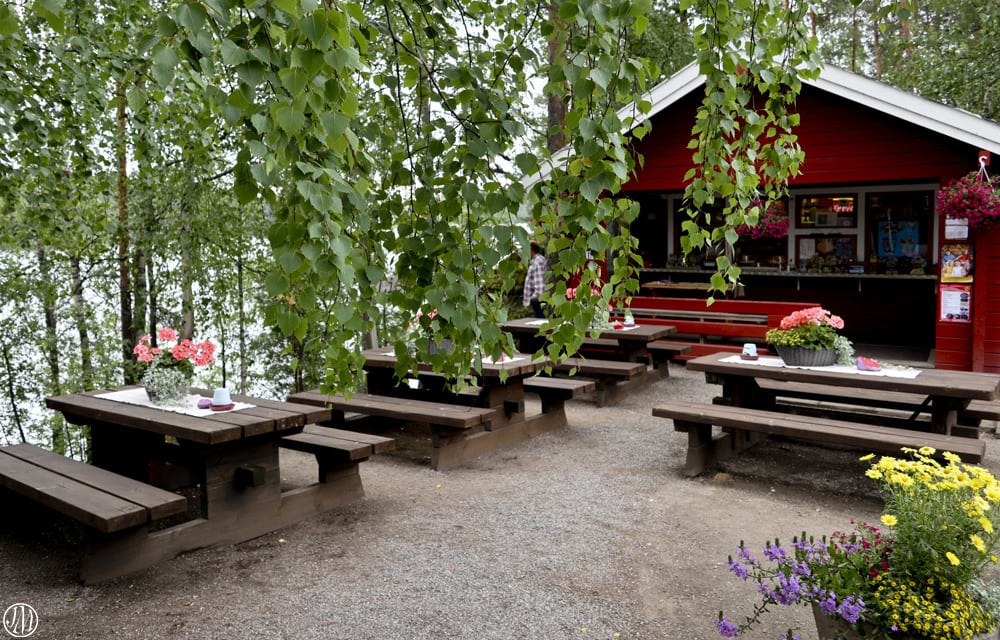
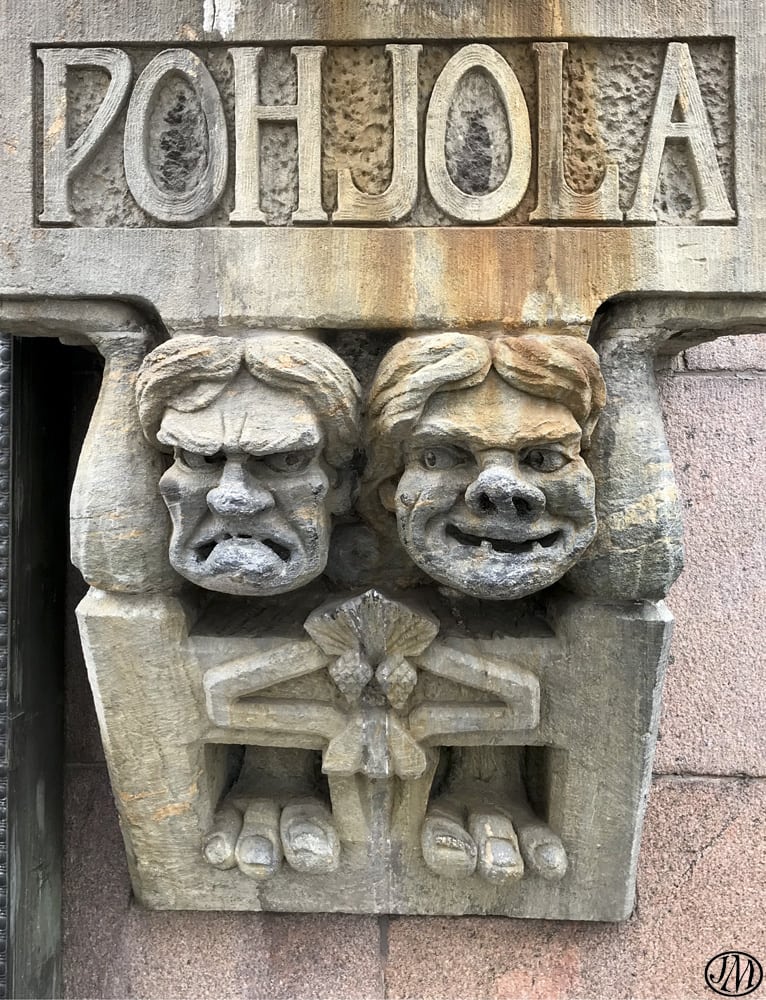
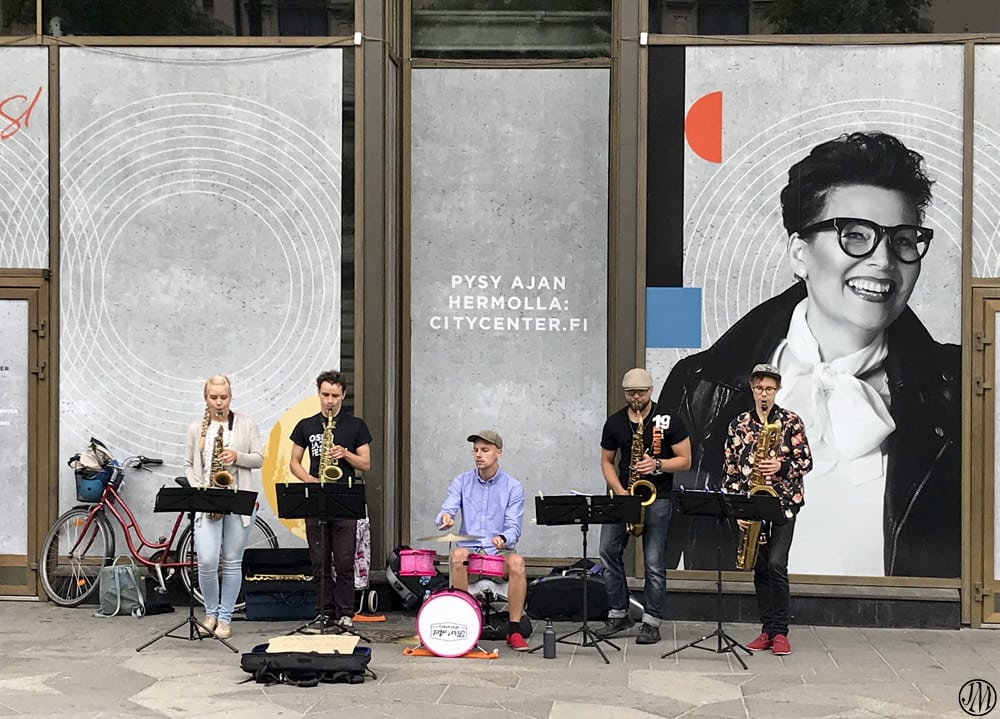
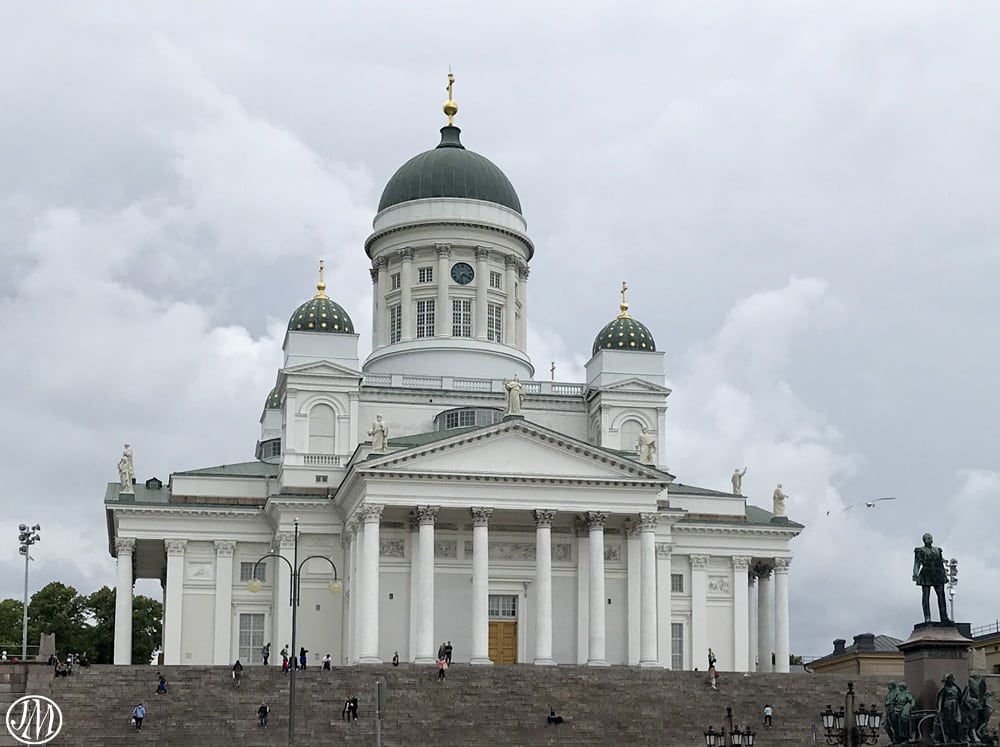
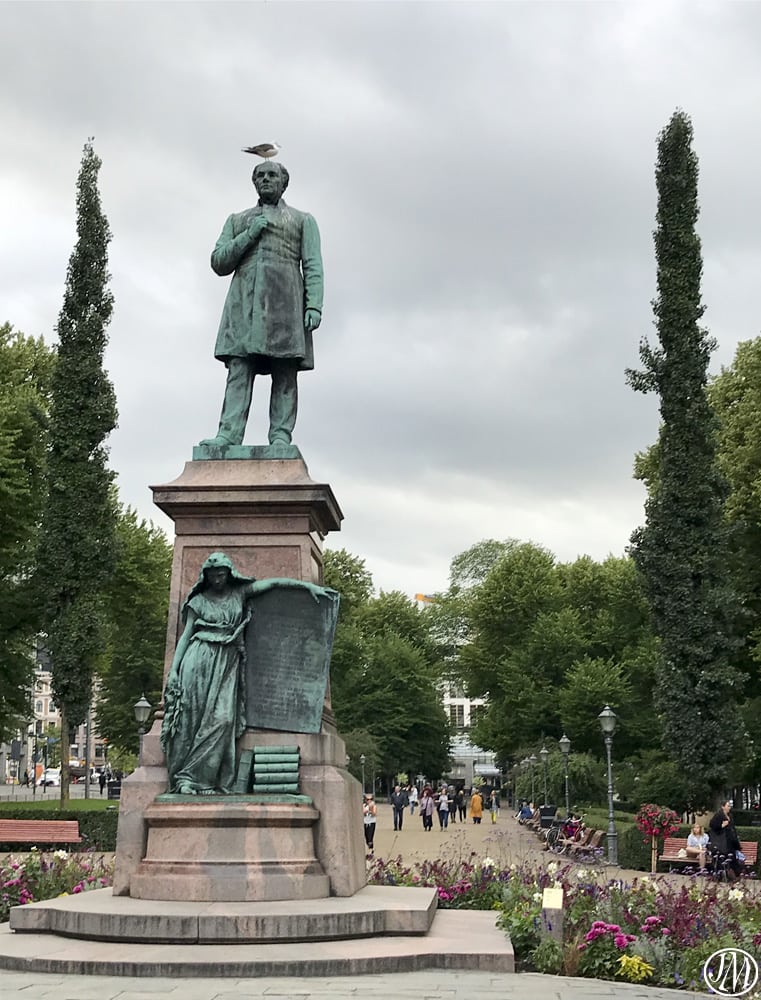
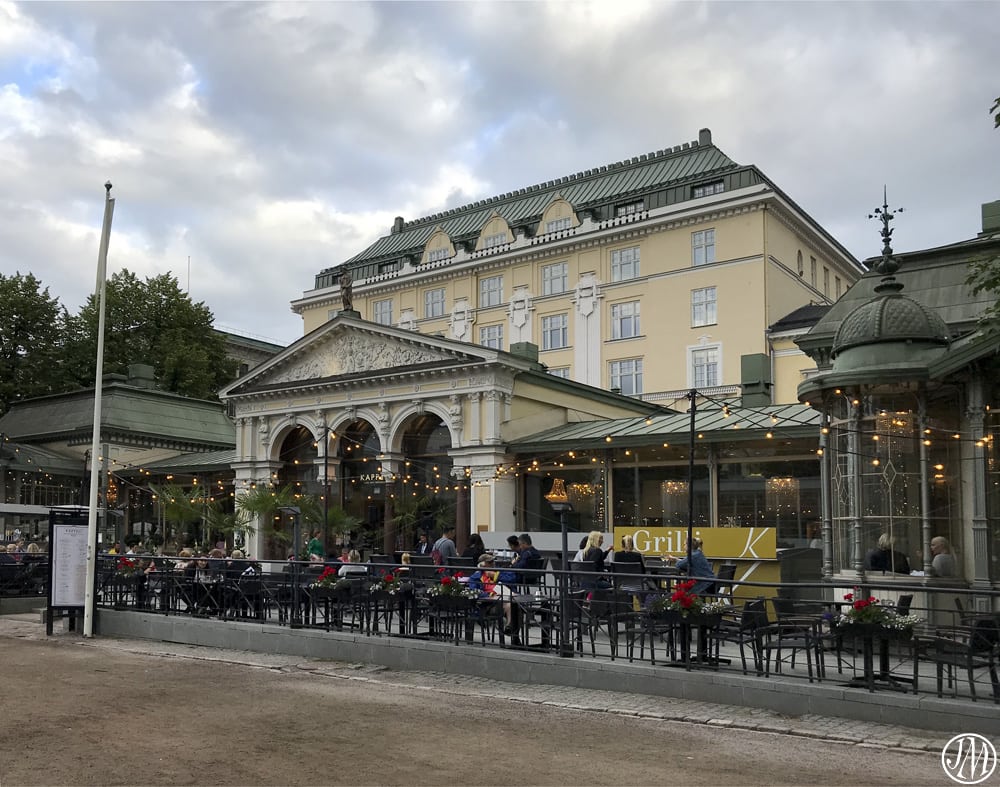
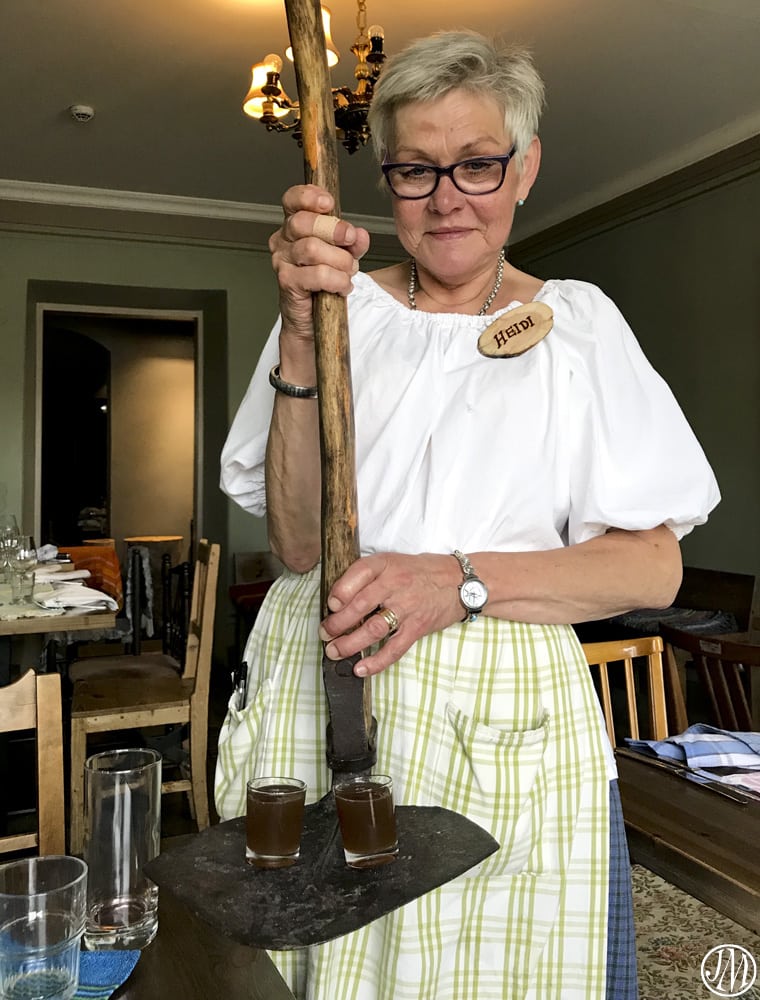
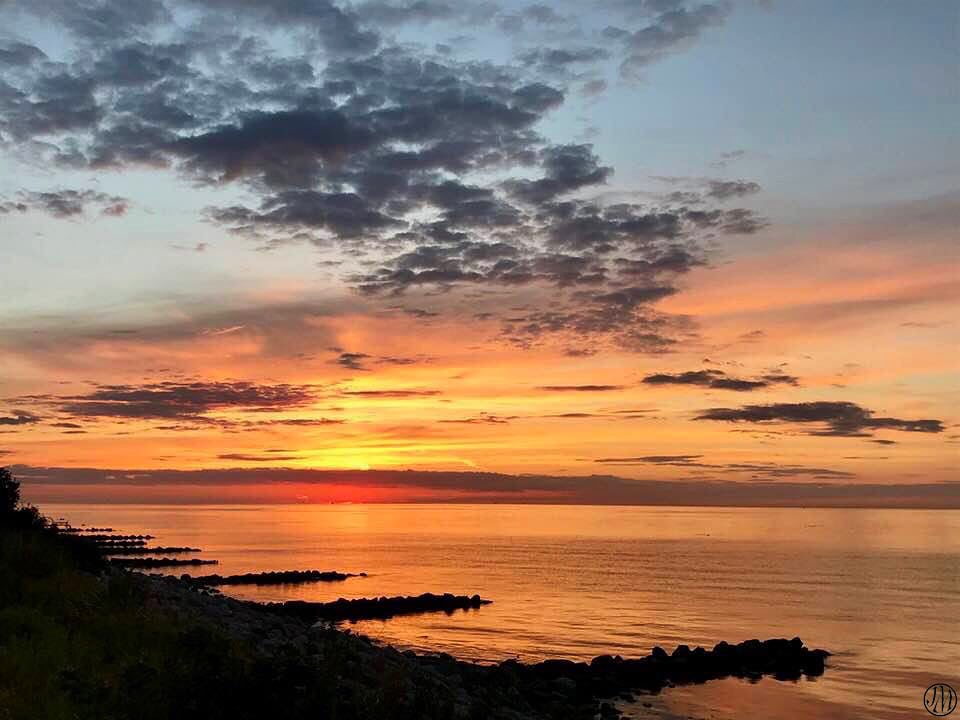
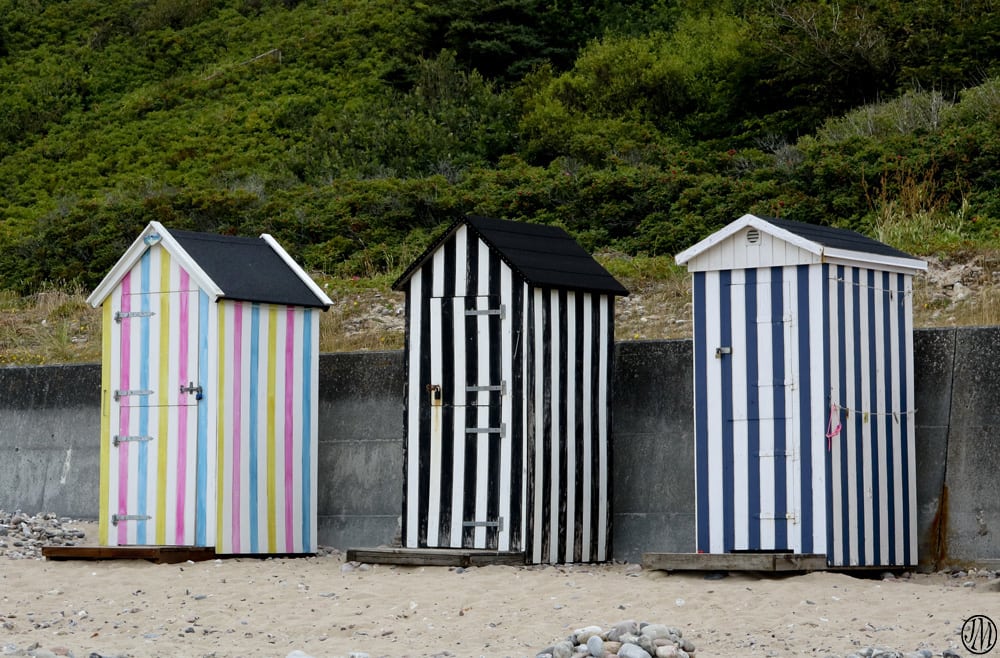
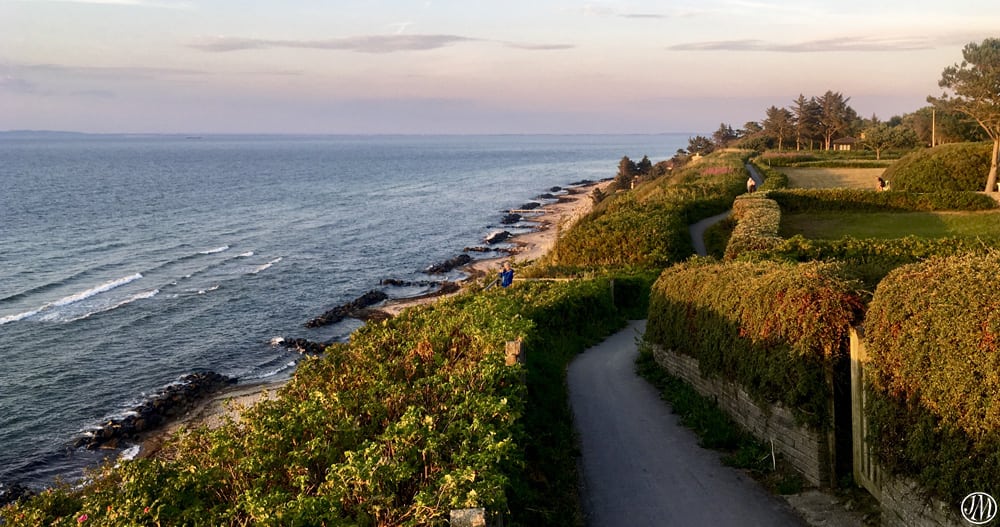
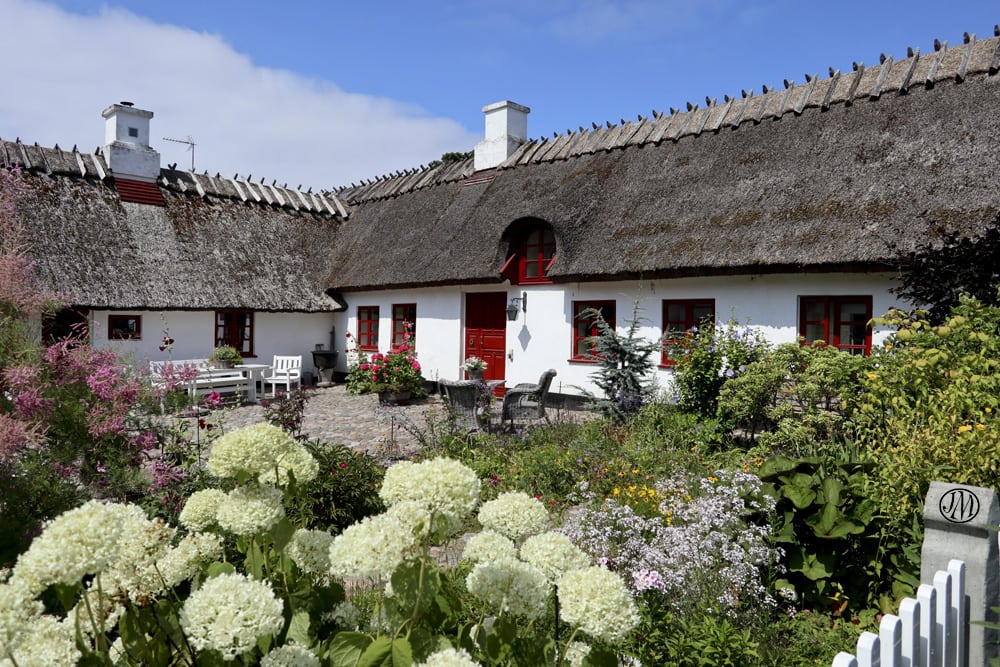
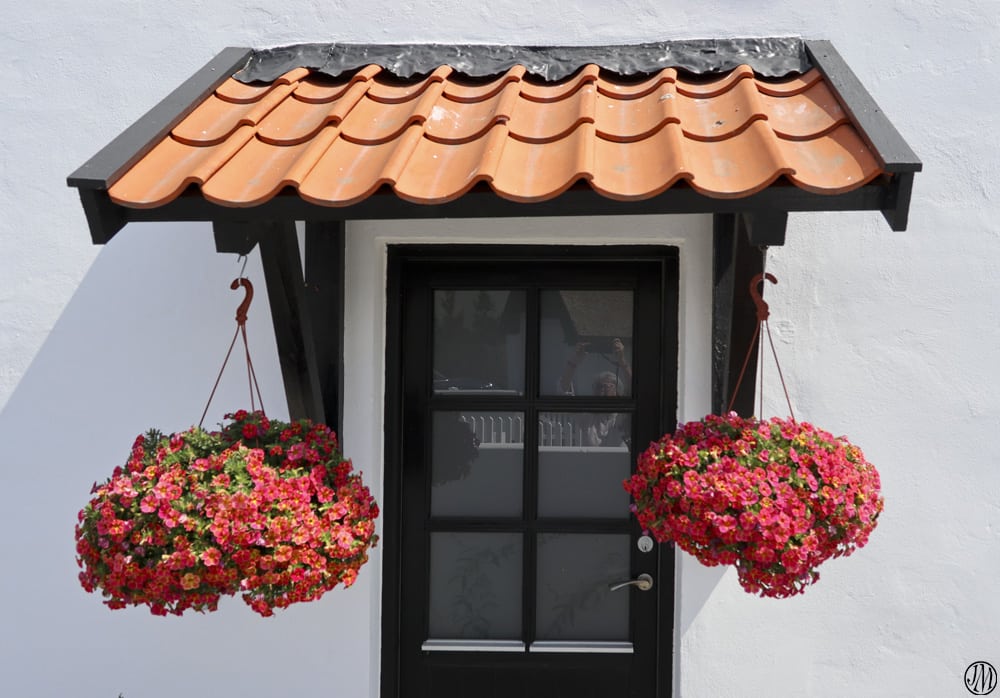
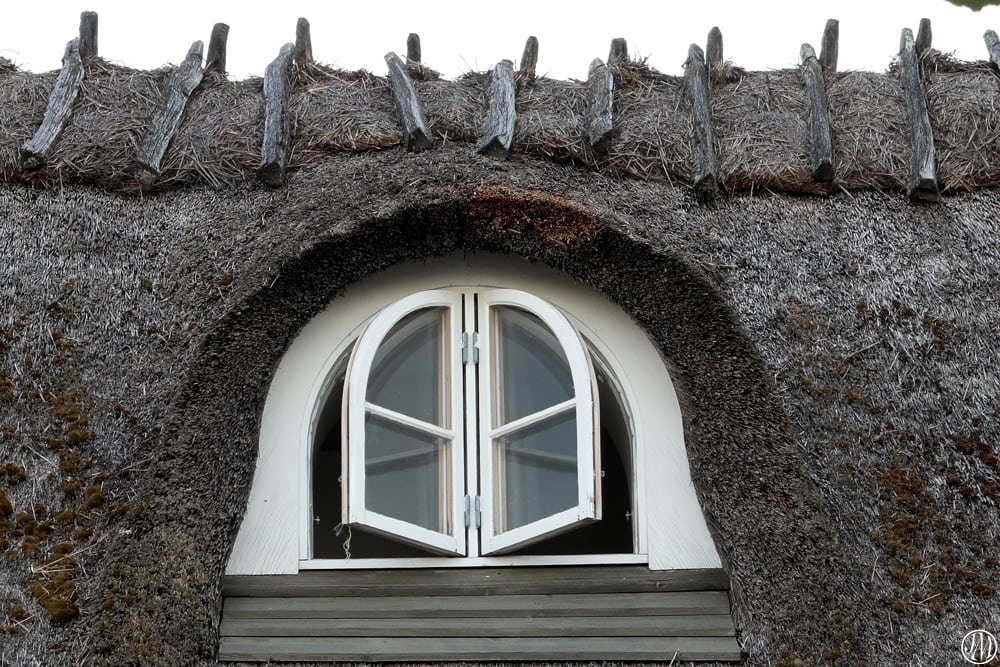
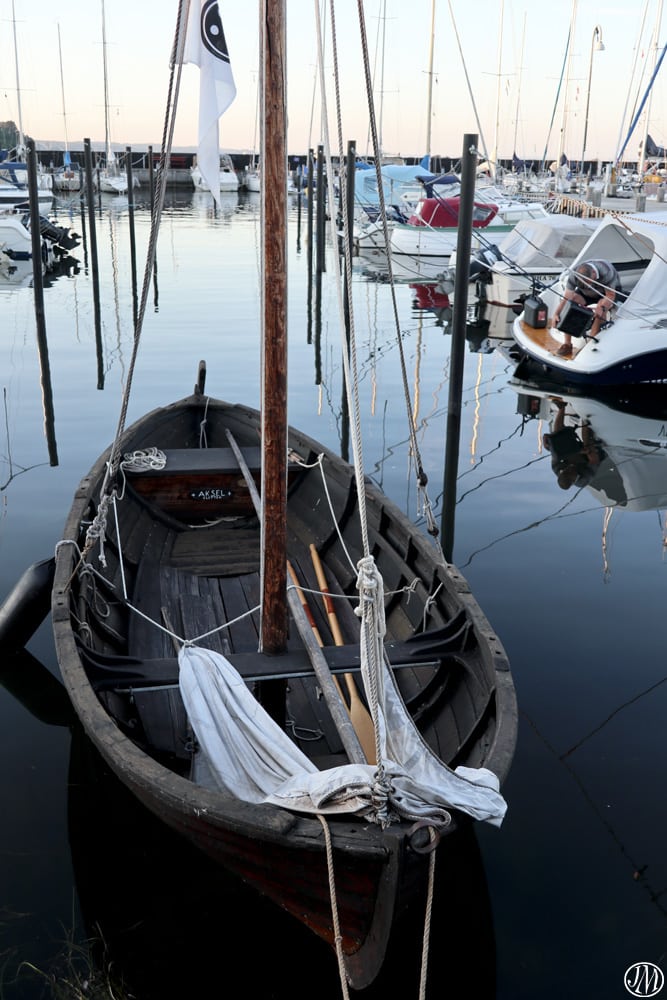
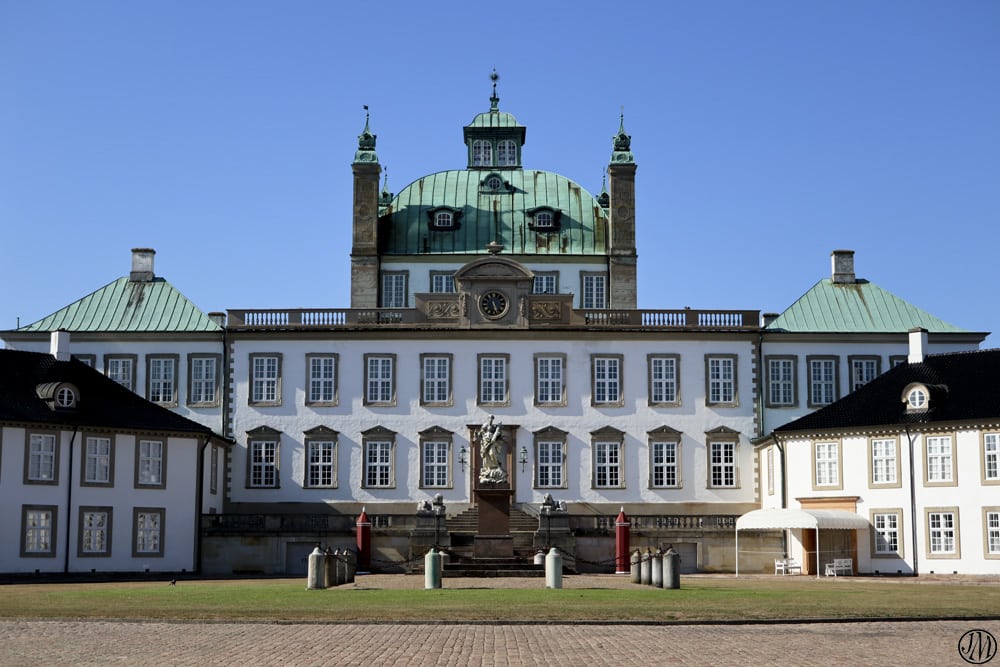
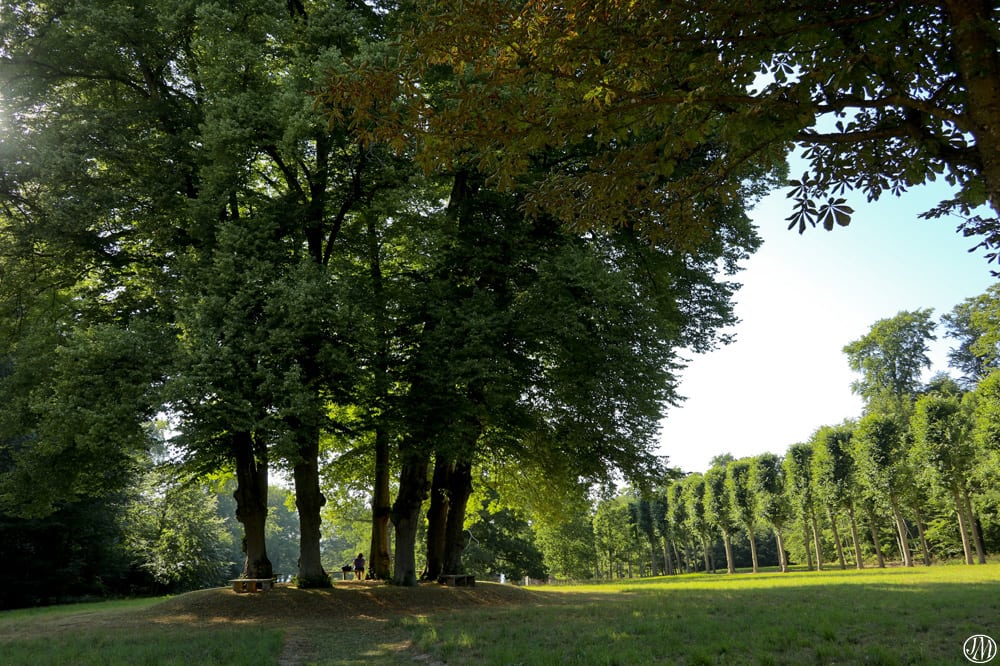
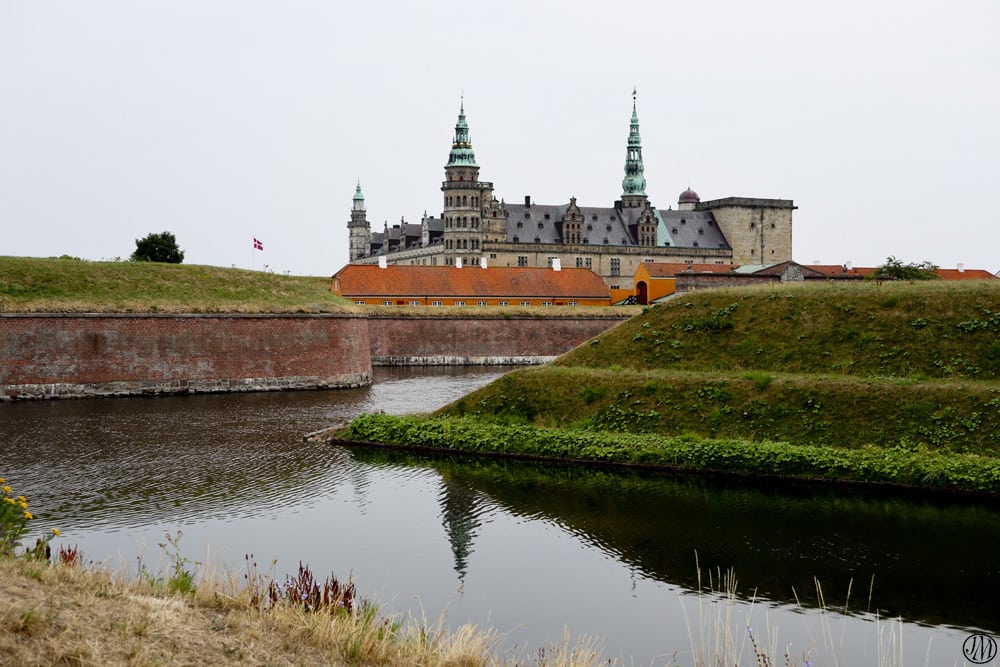
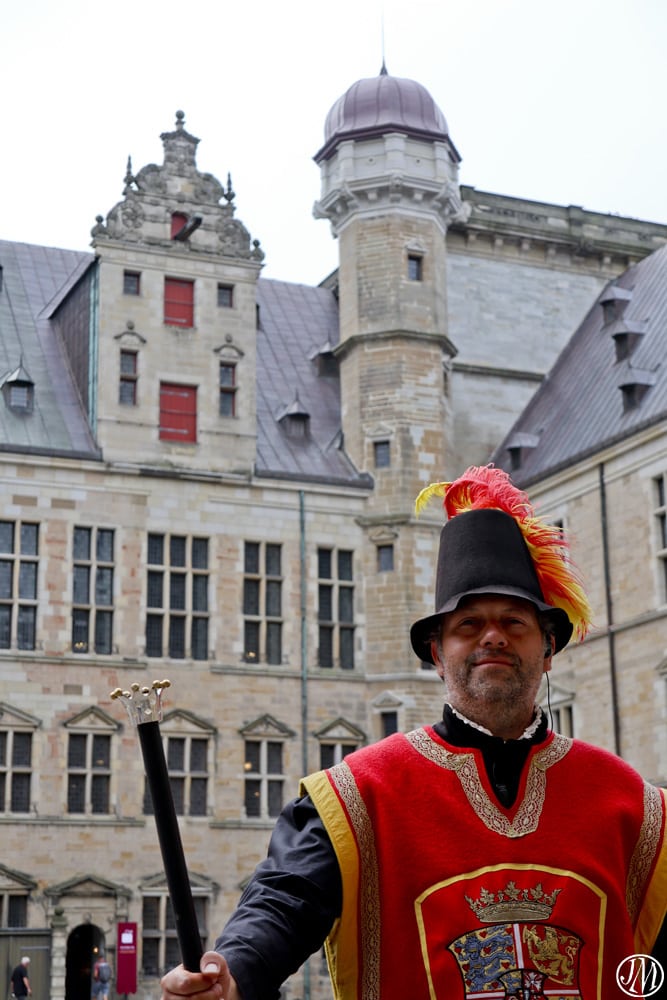
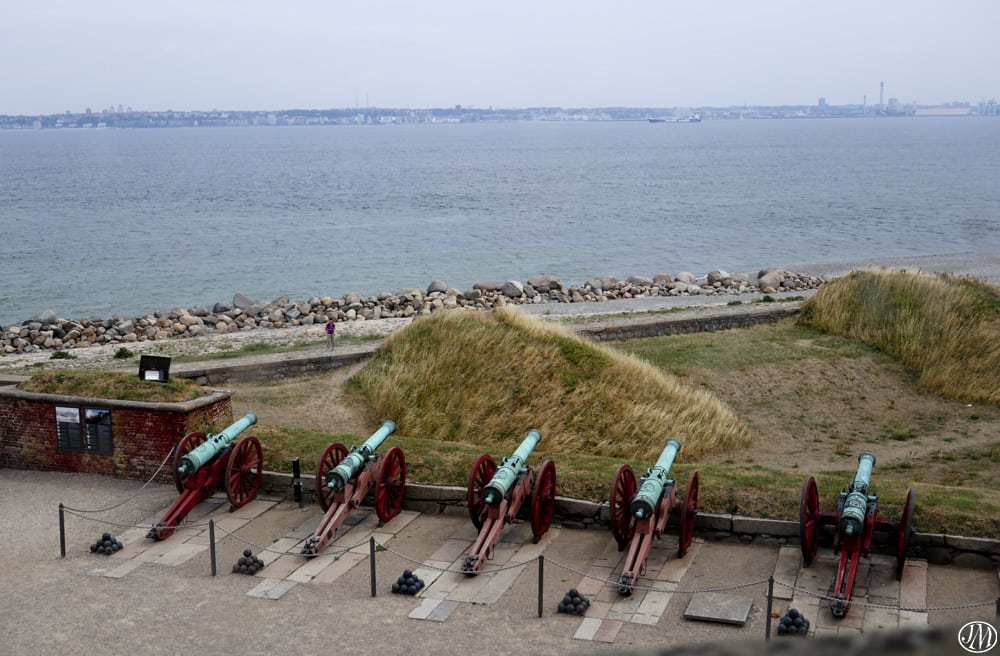
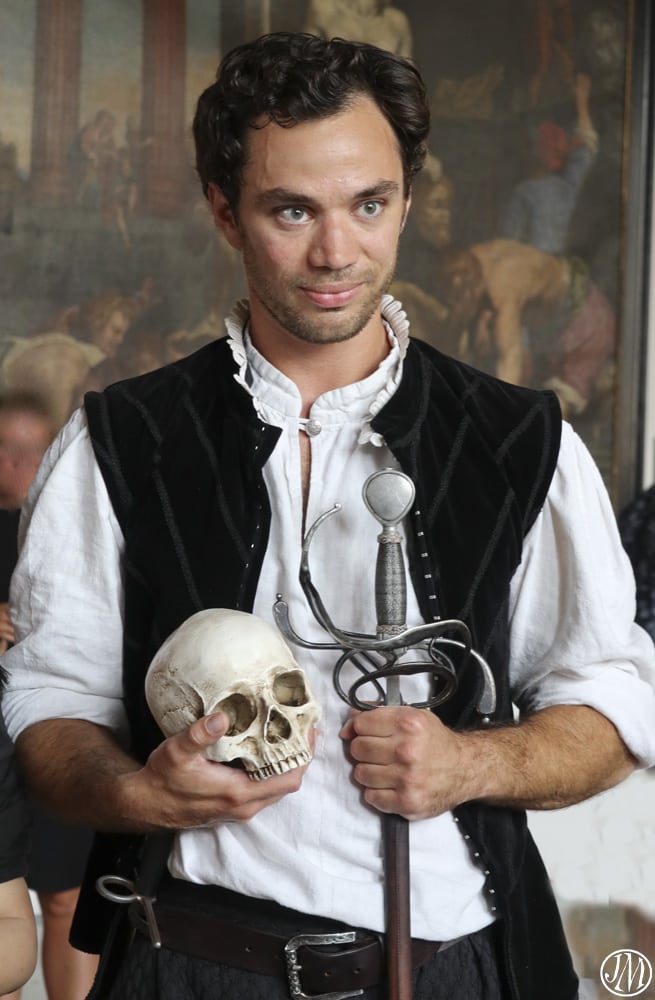
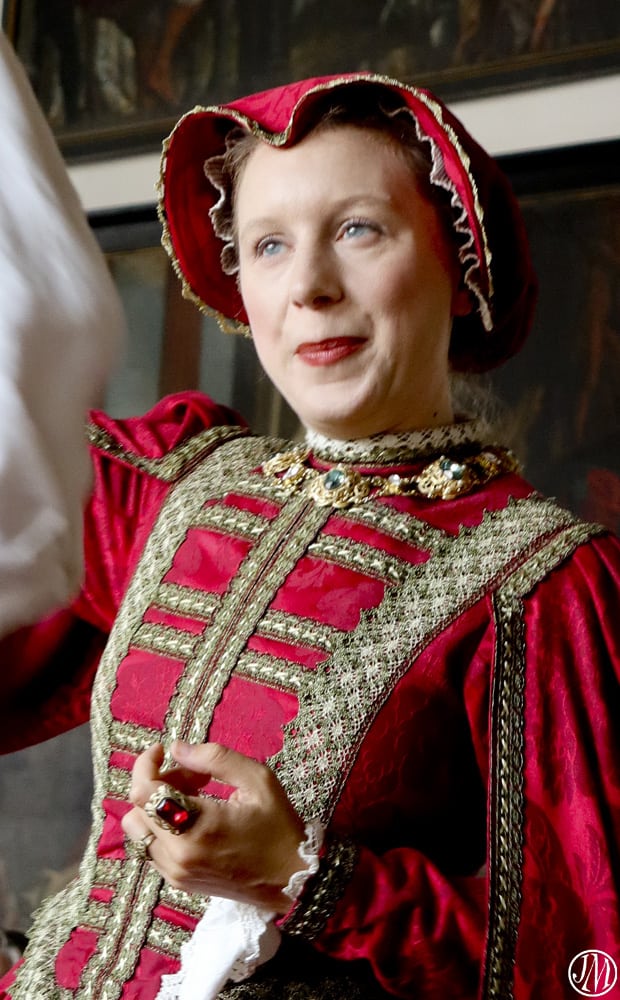
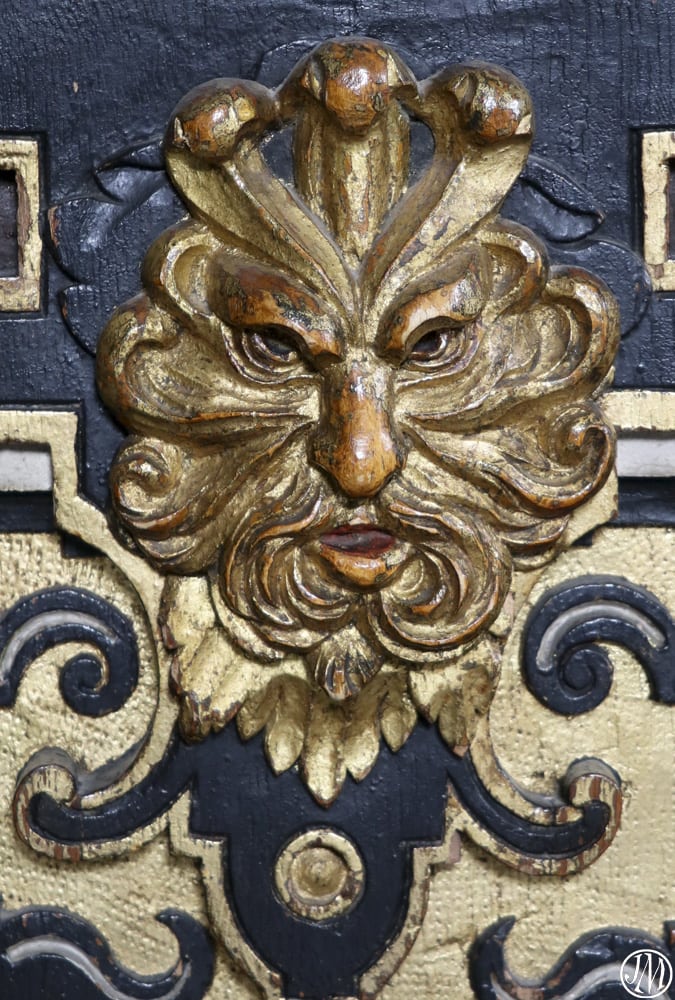
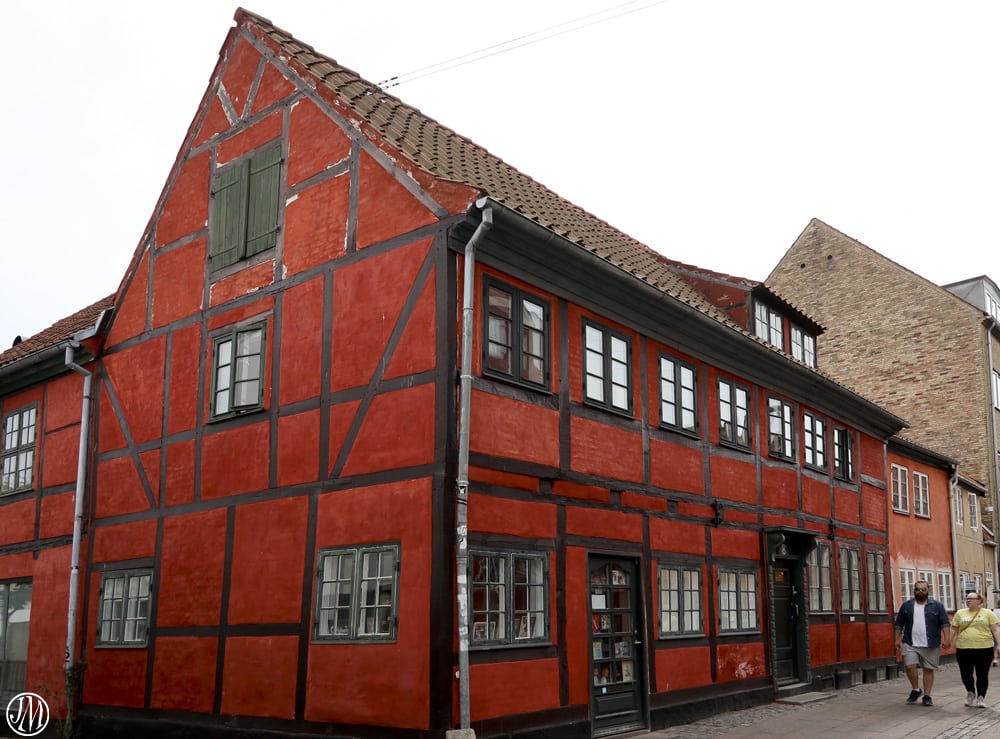
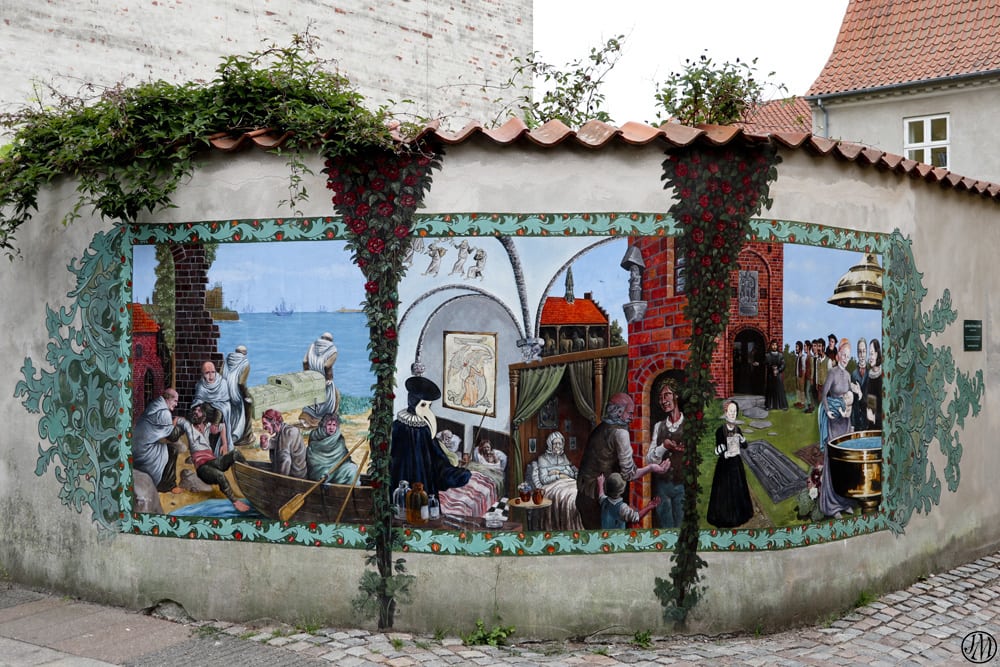
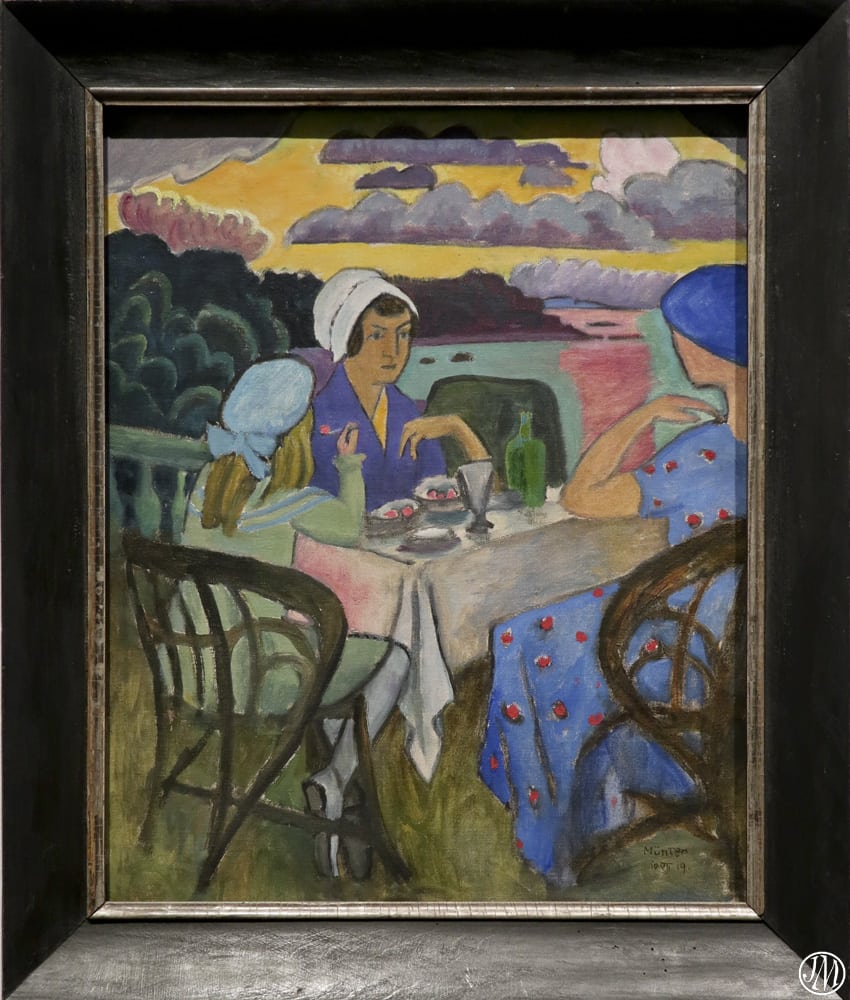
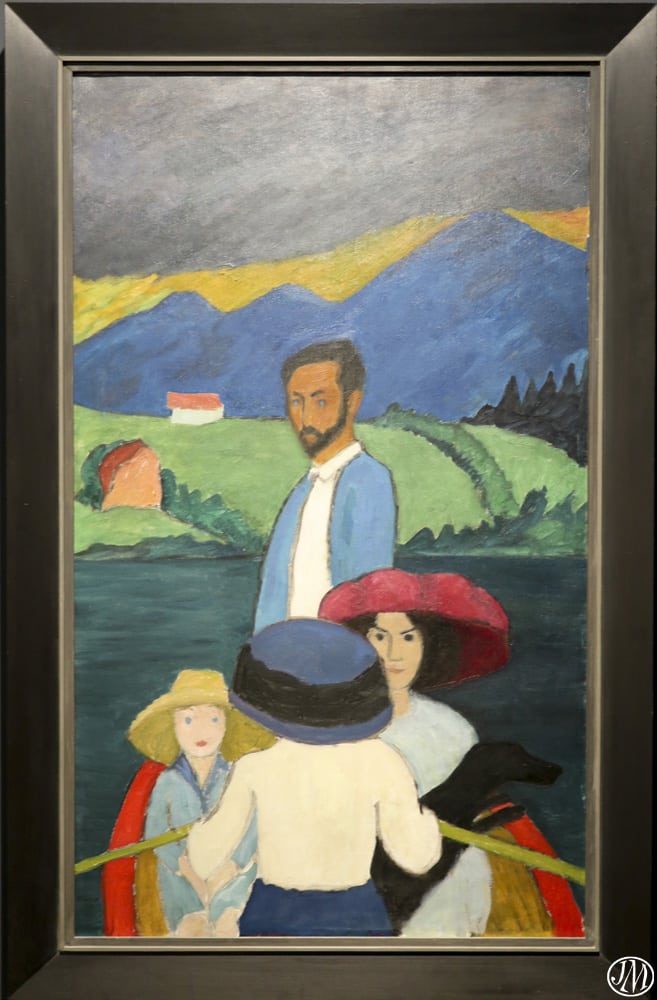
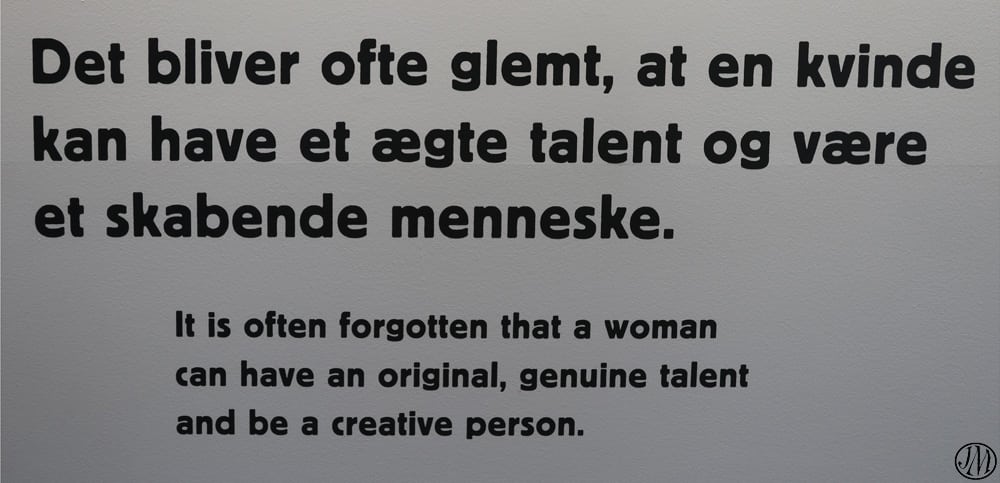
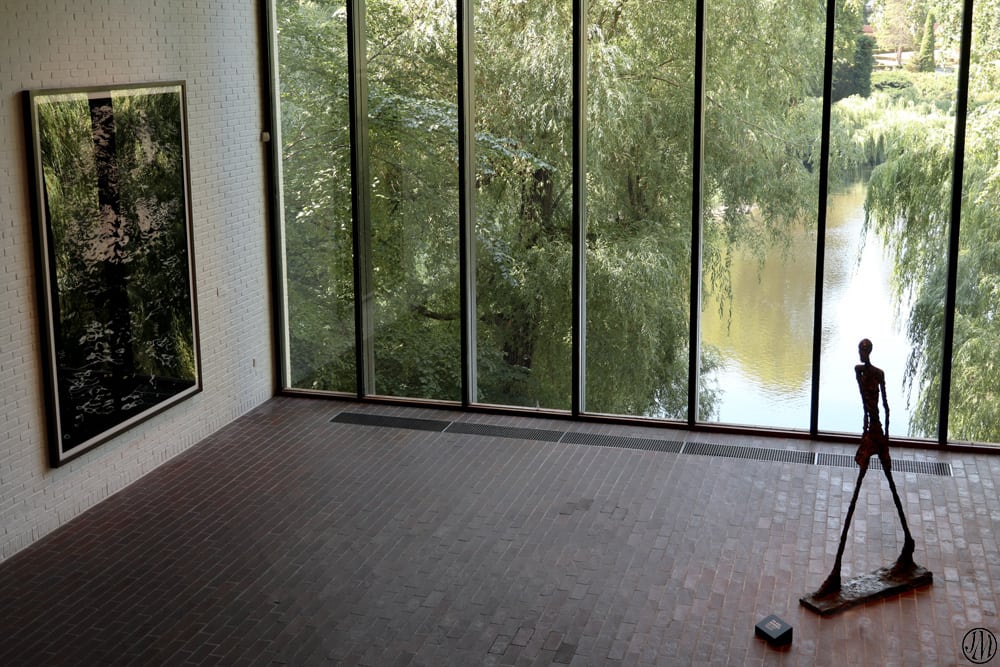
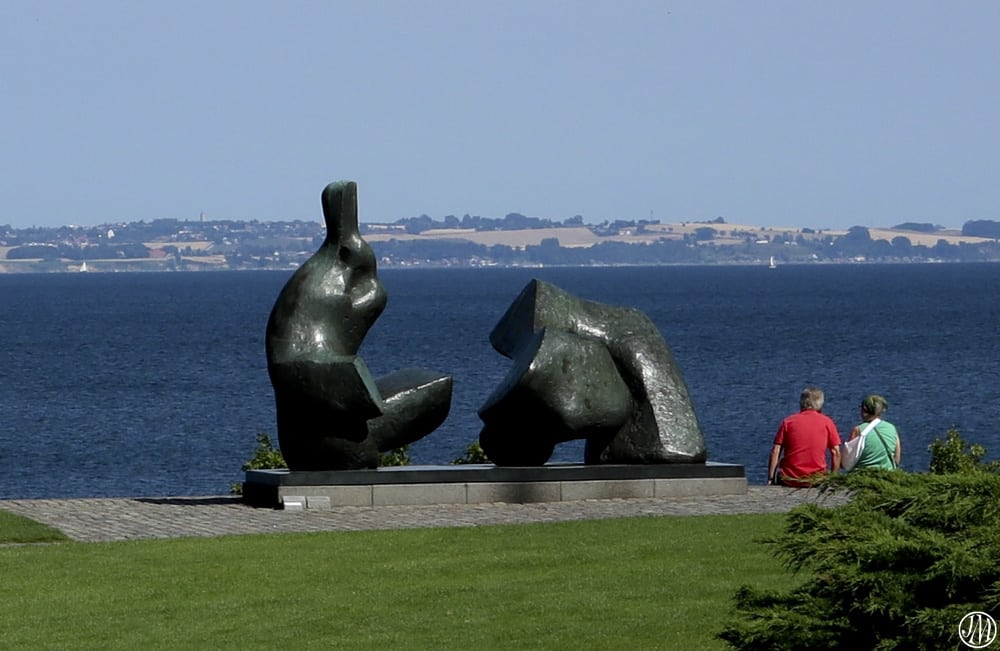
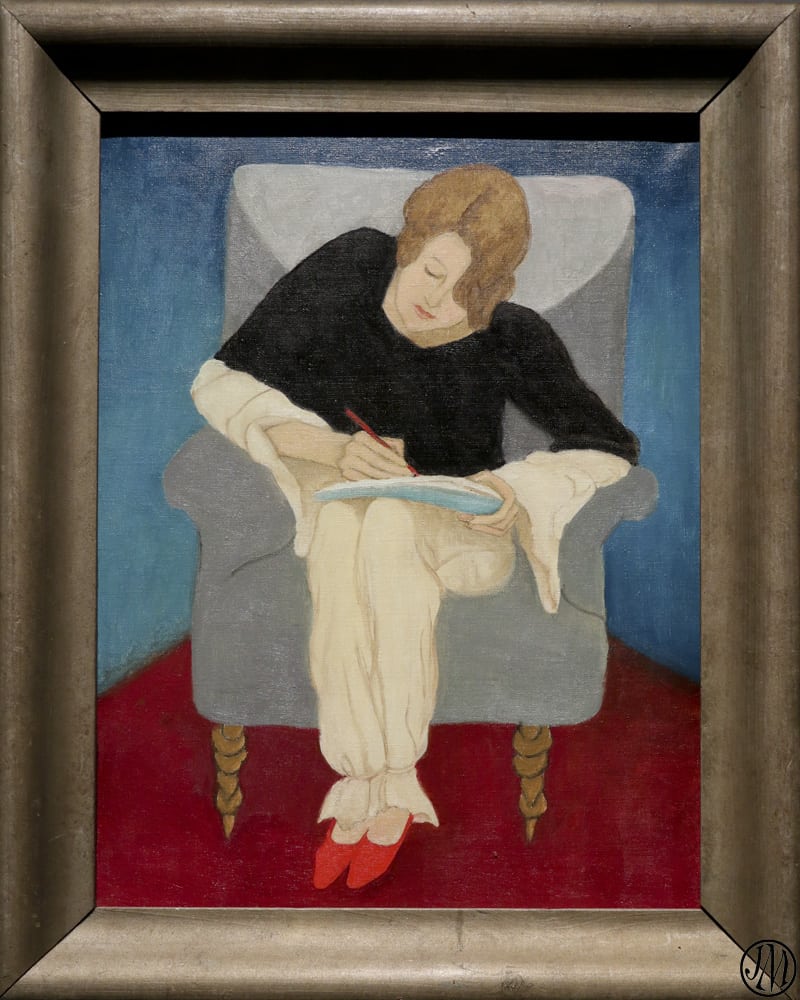

What a beautiful journey, and as always, what lovely pictures! Thank you for sharing!